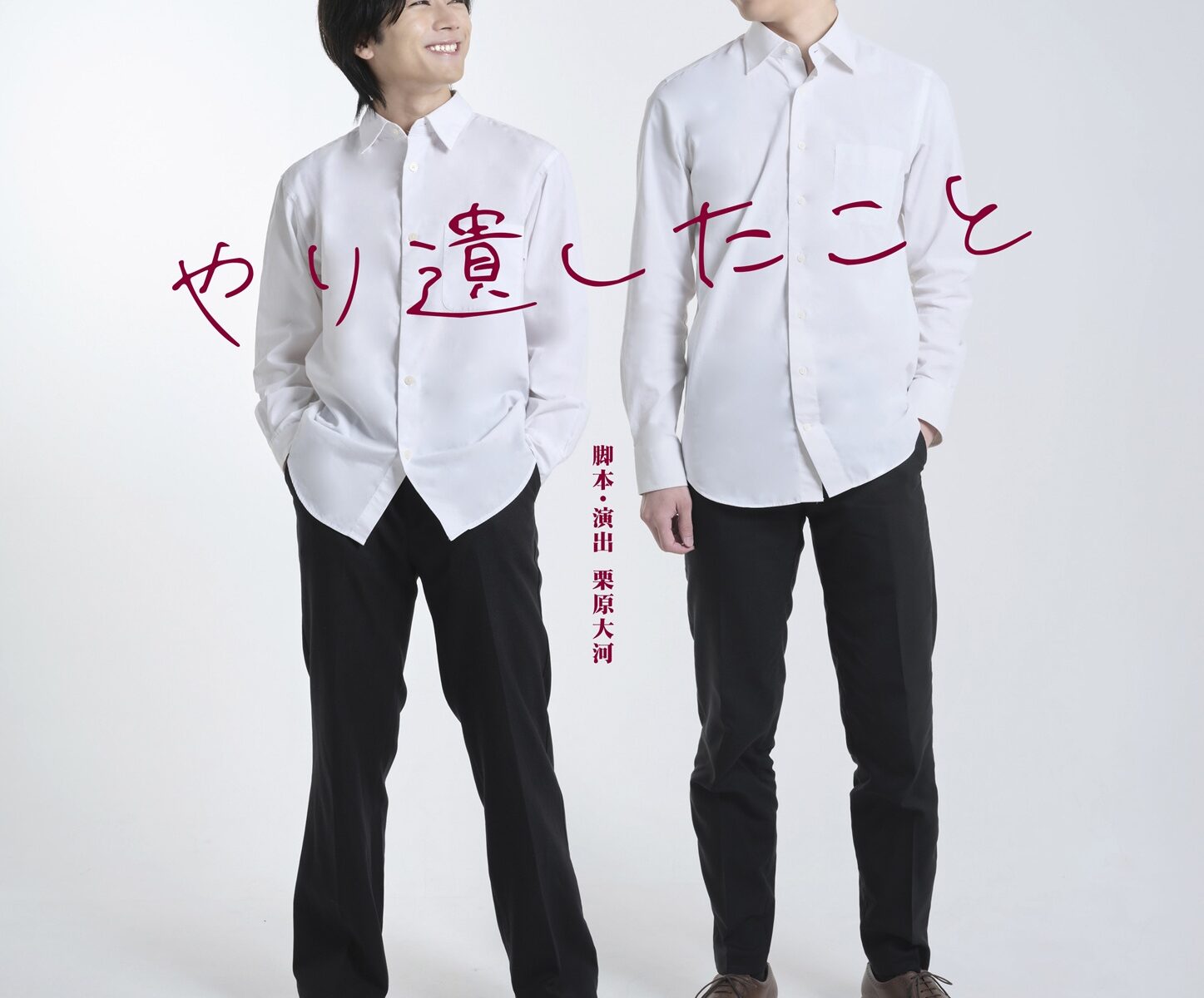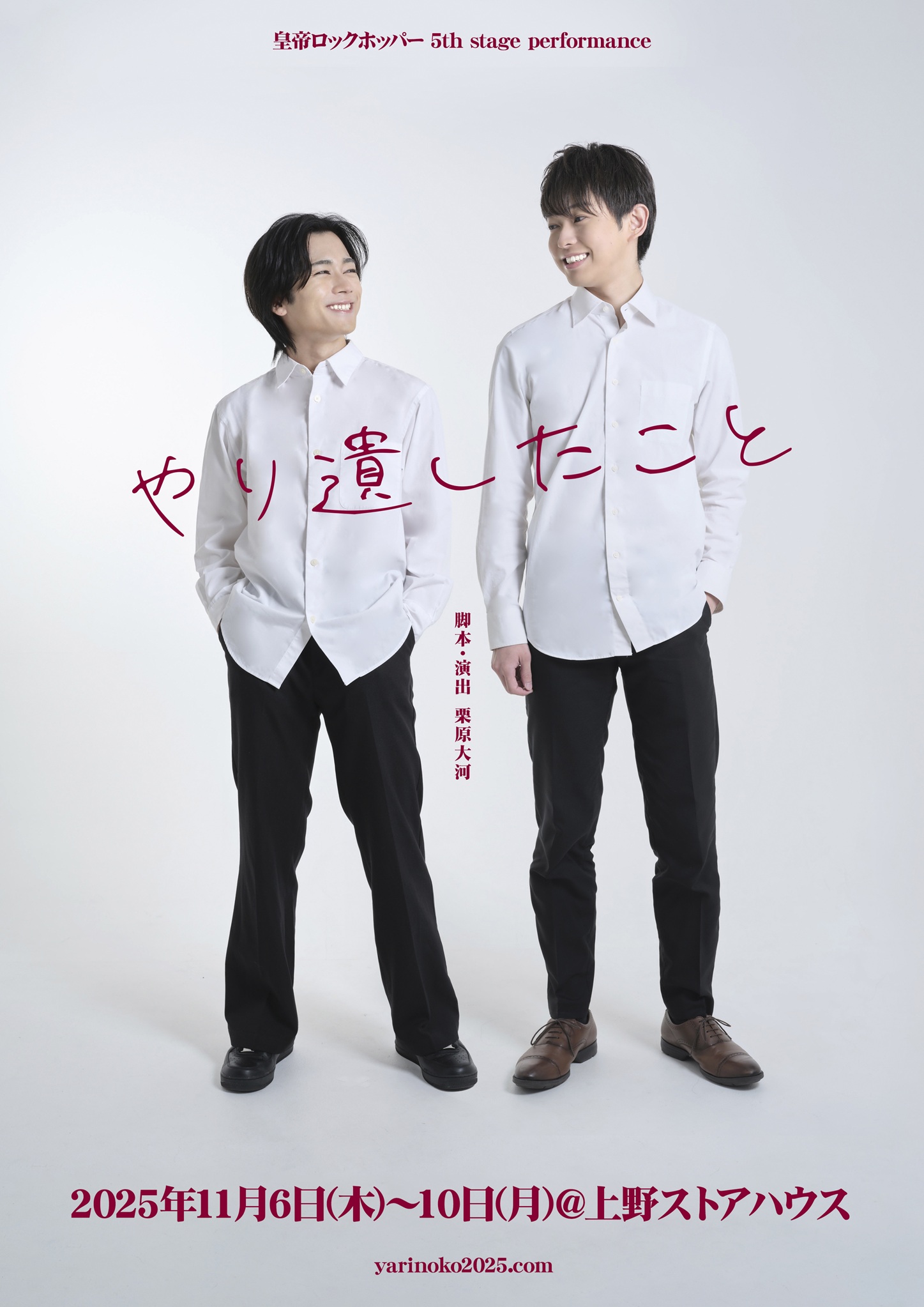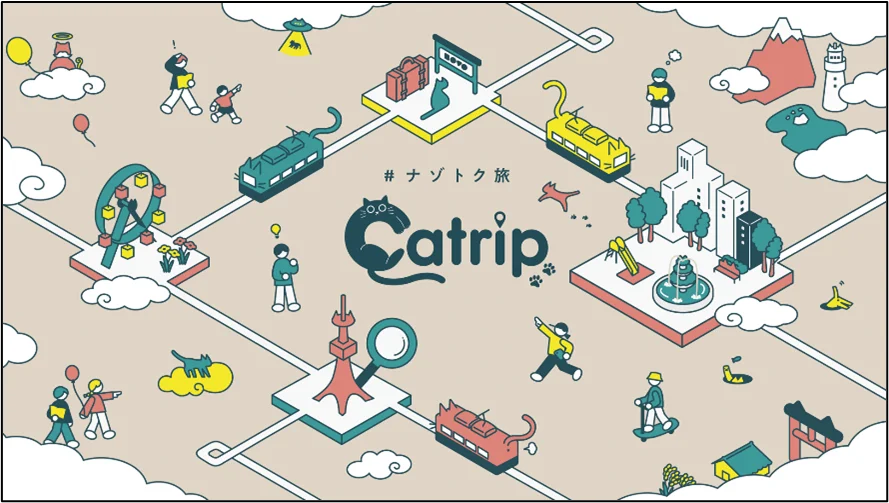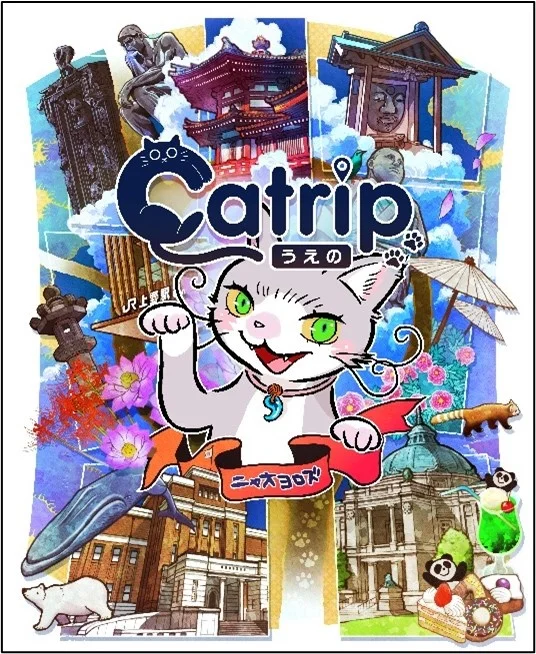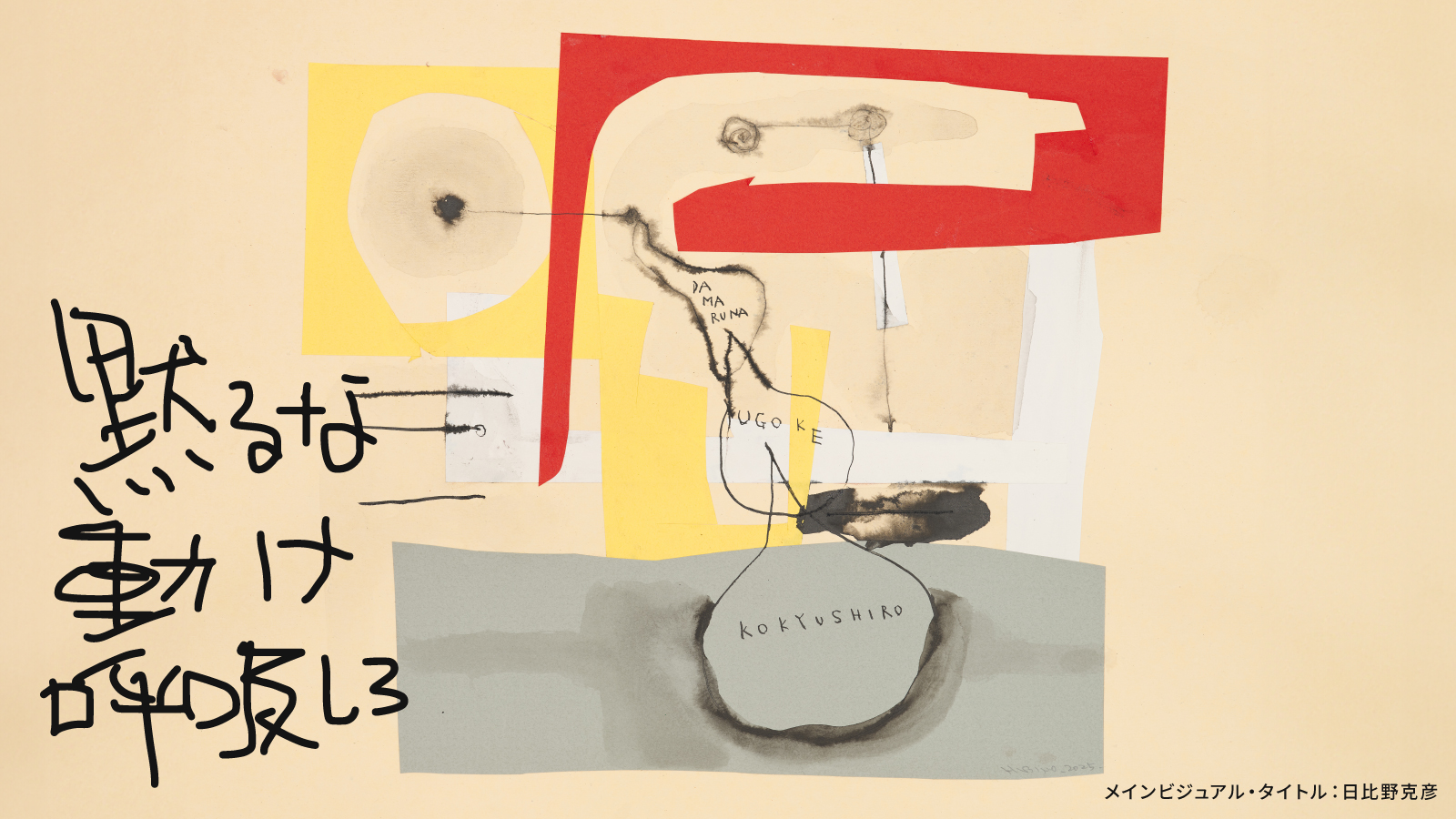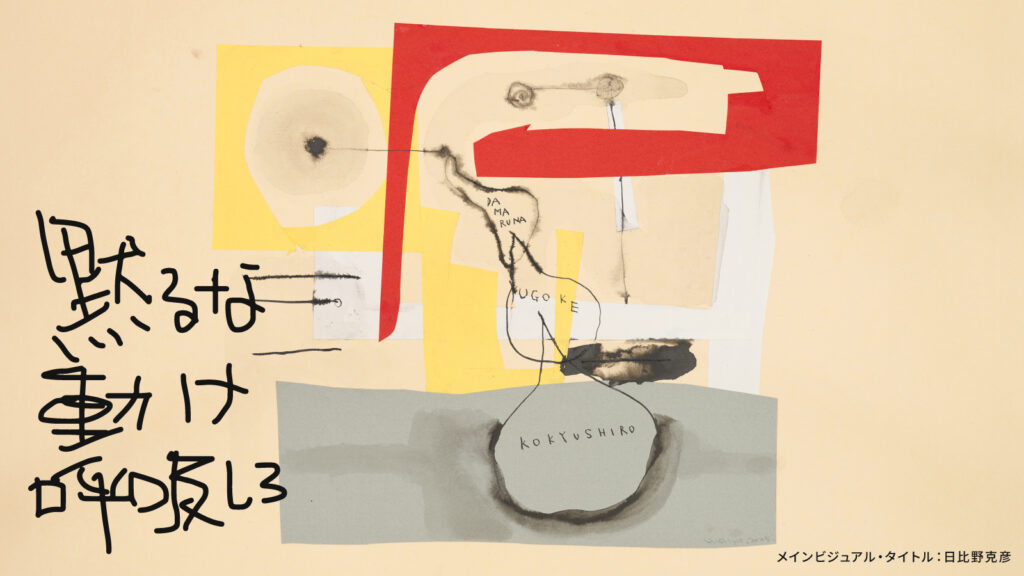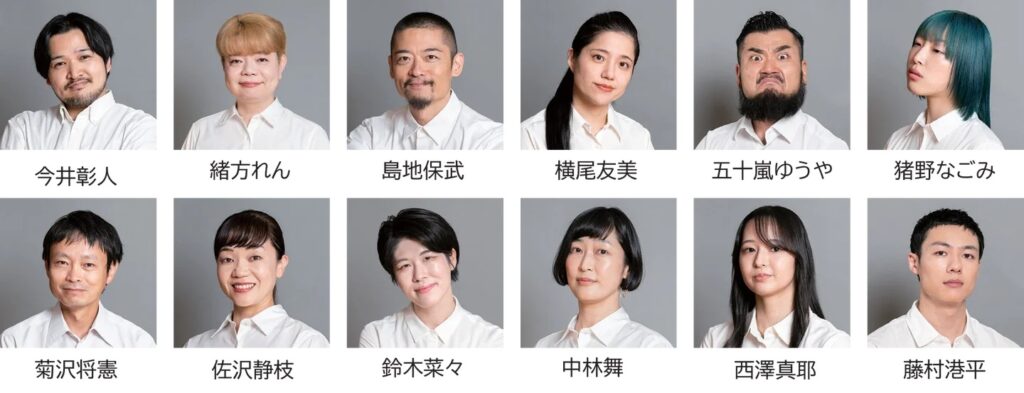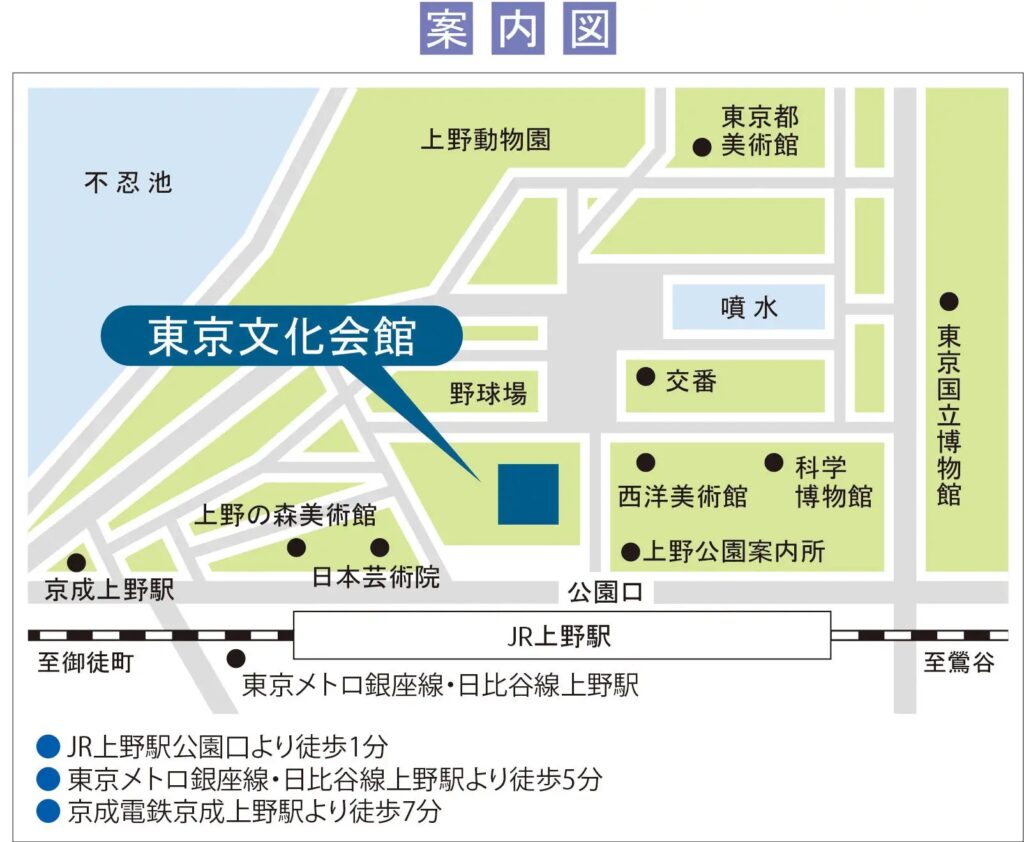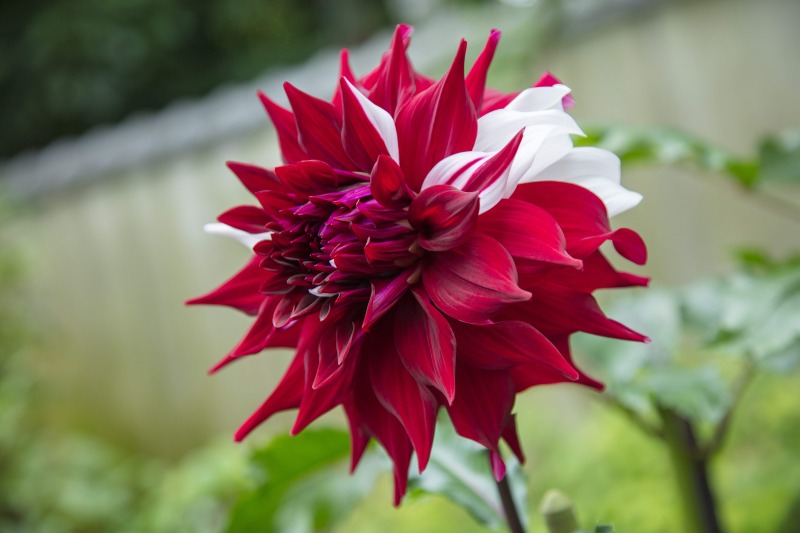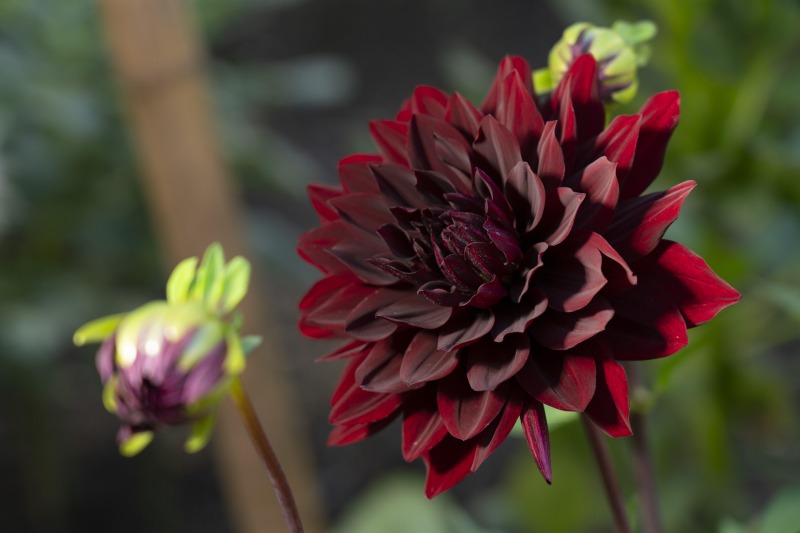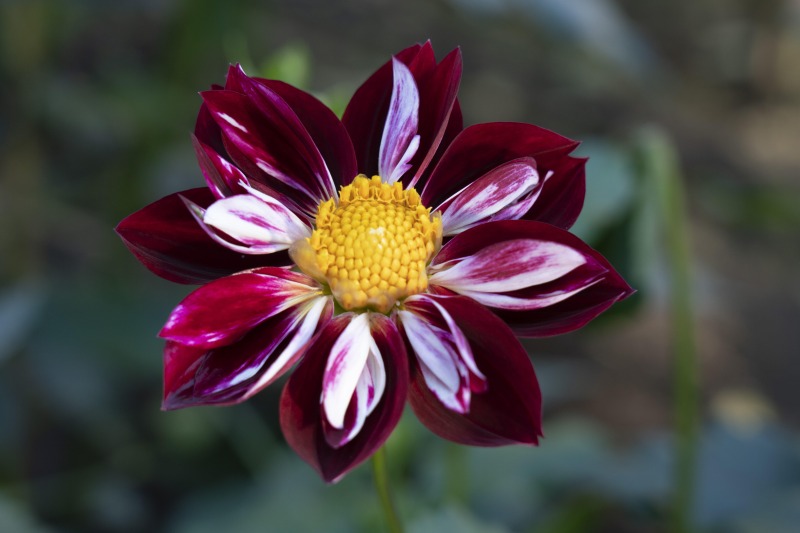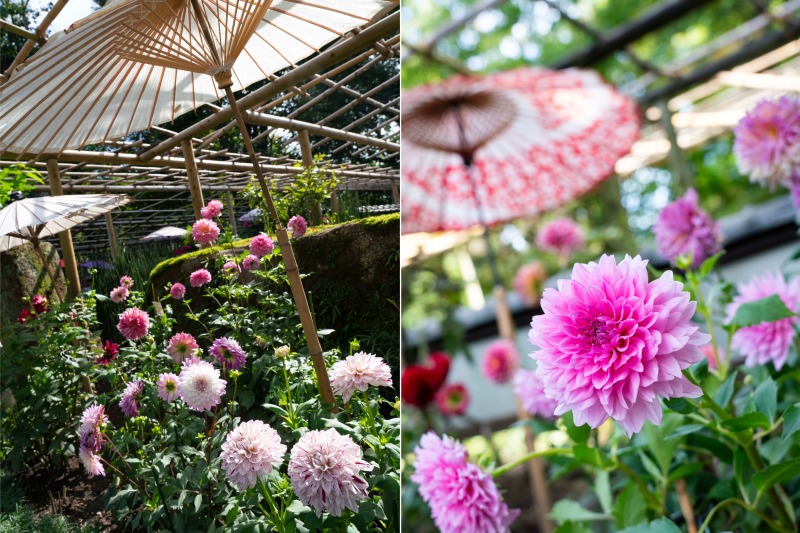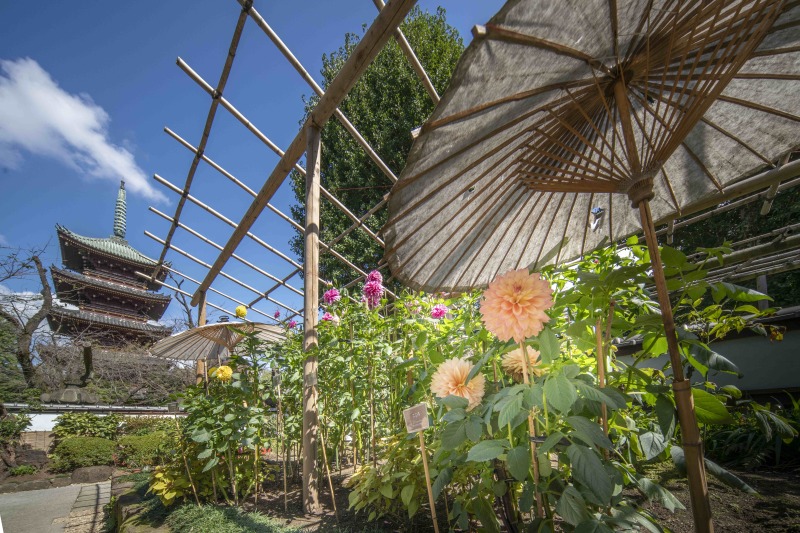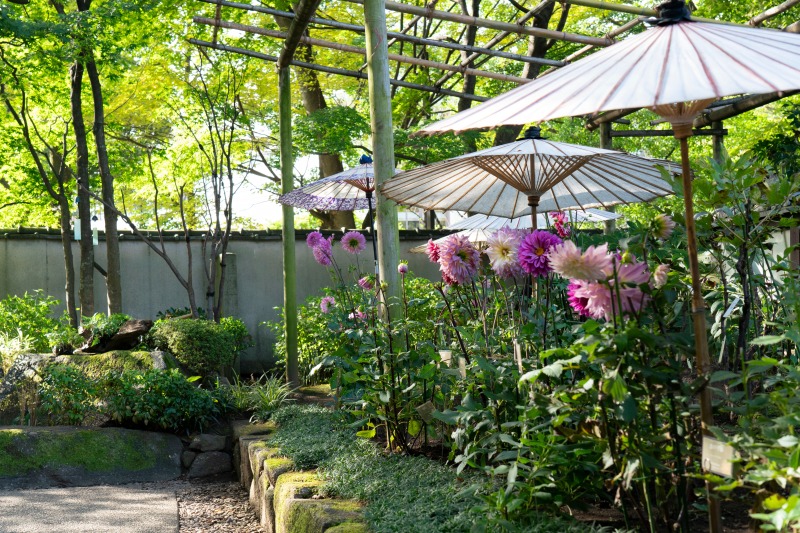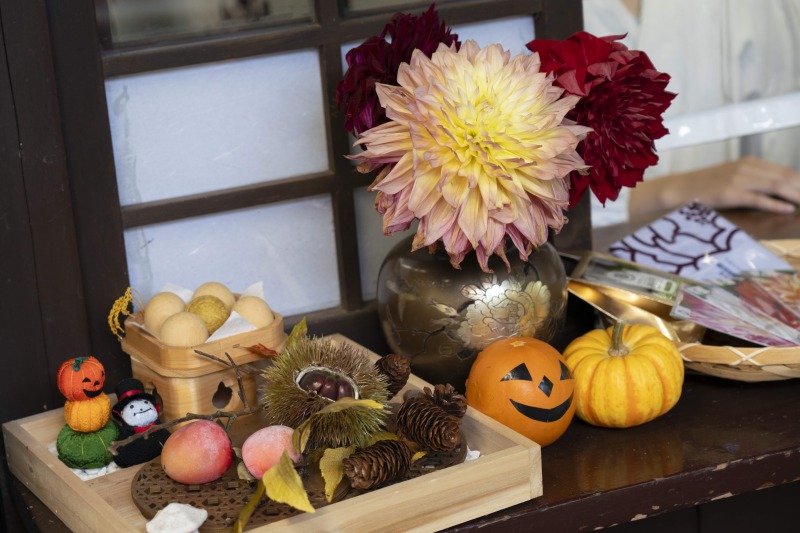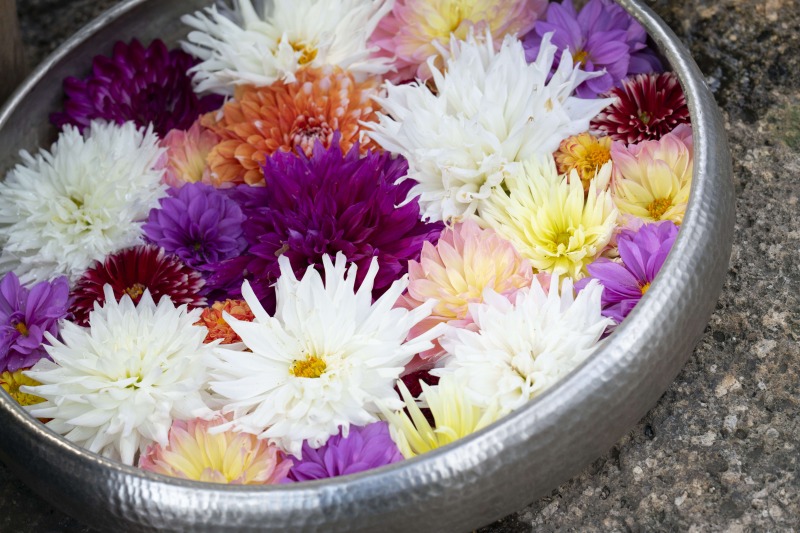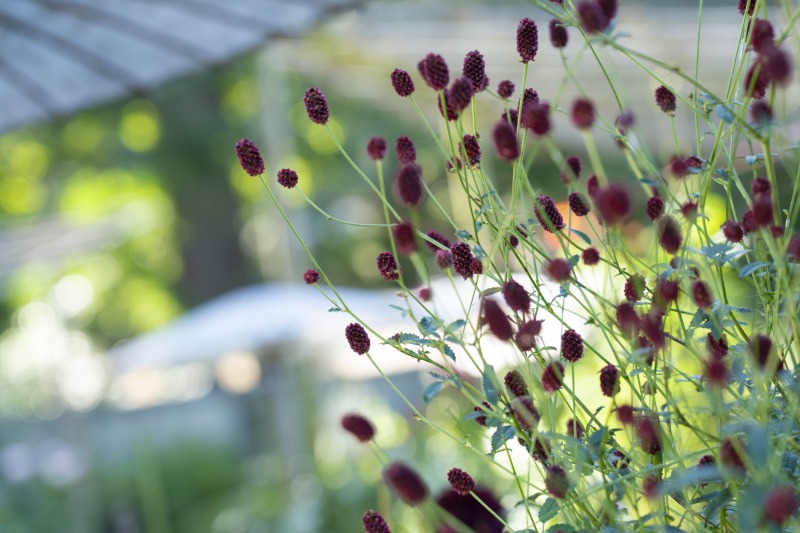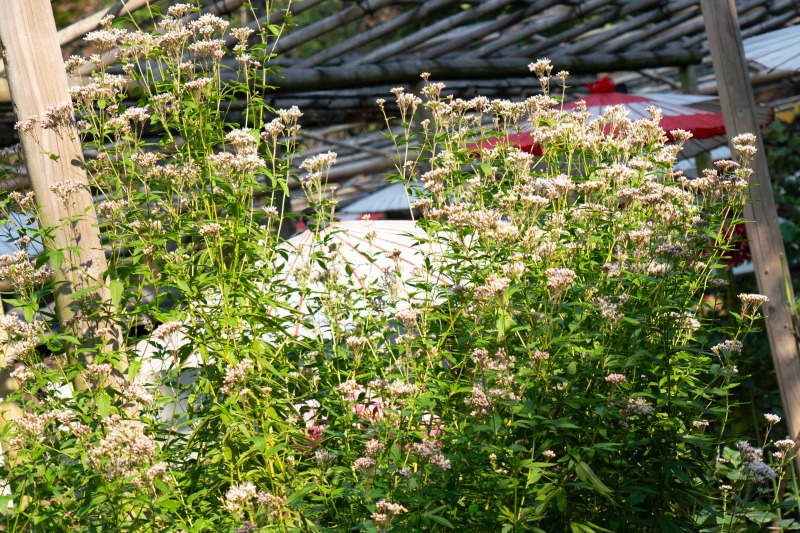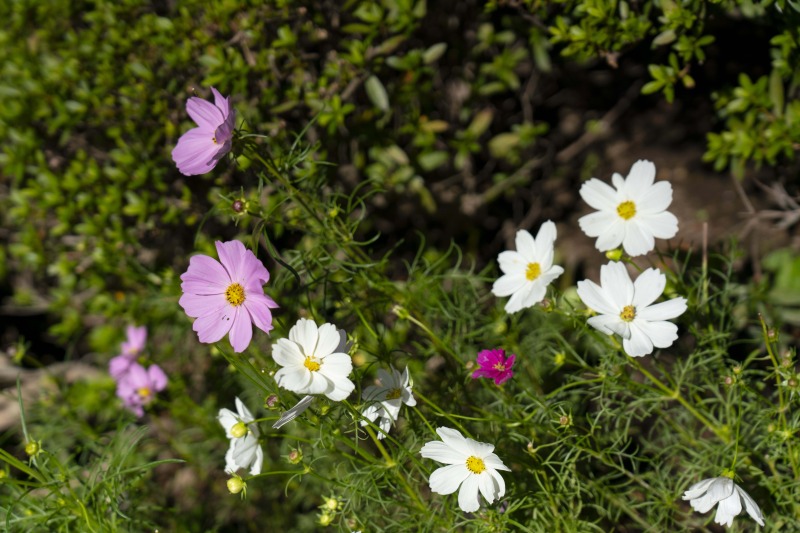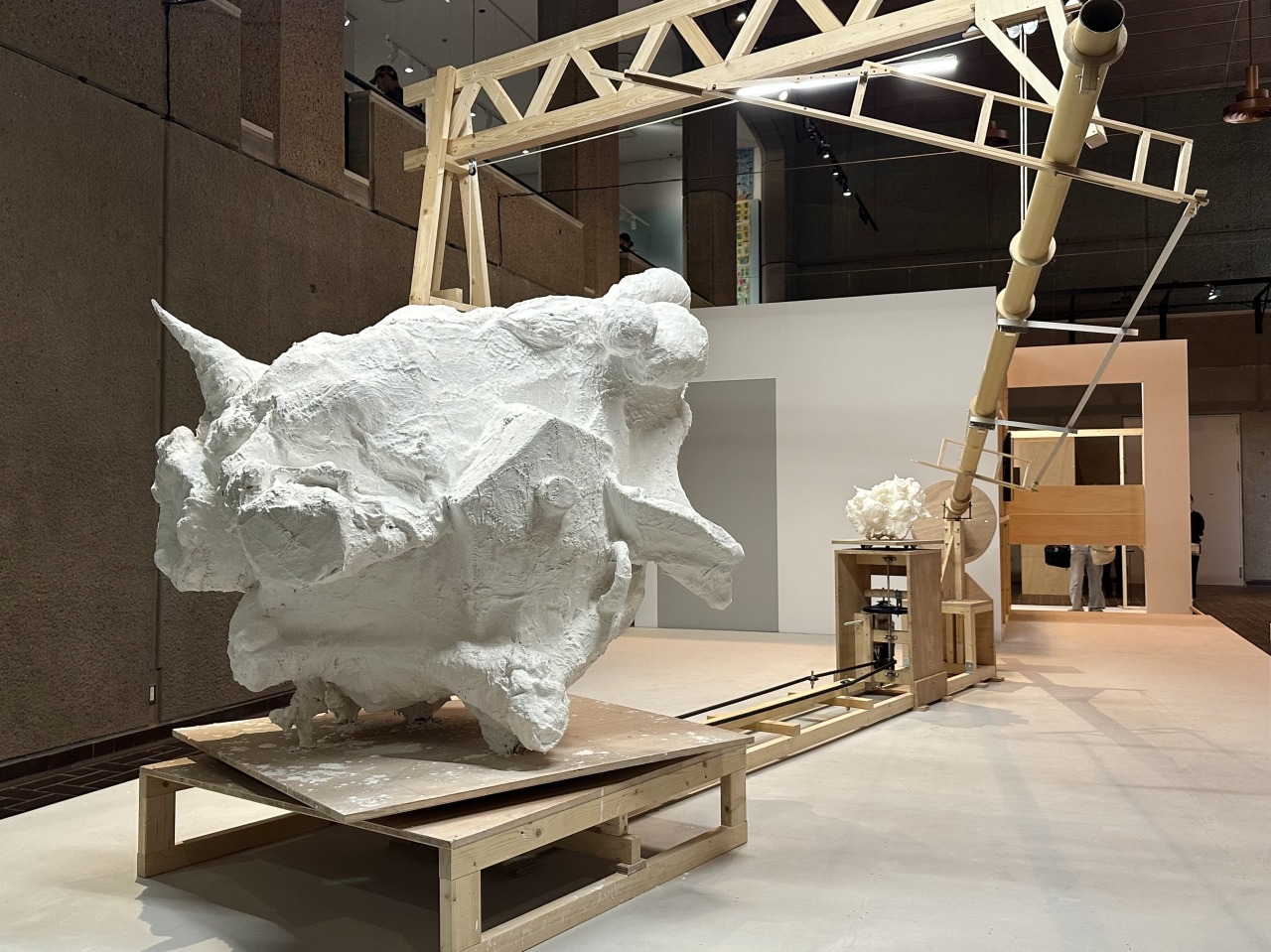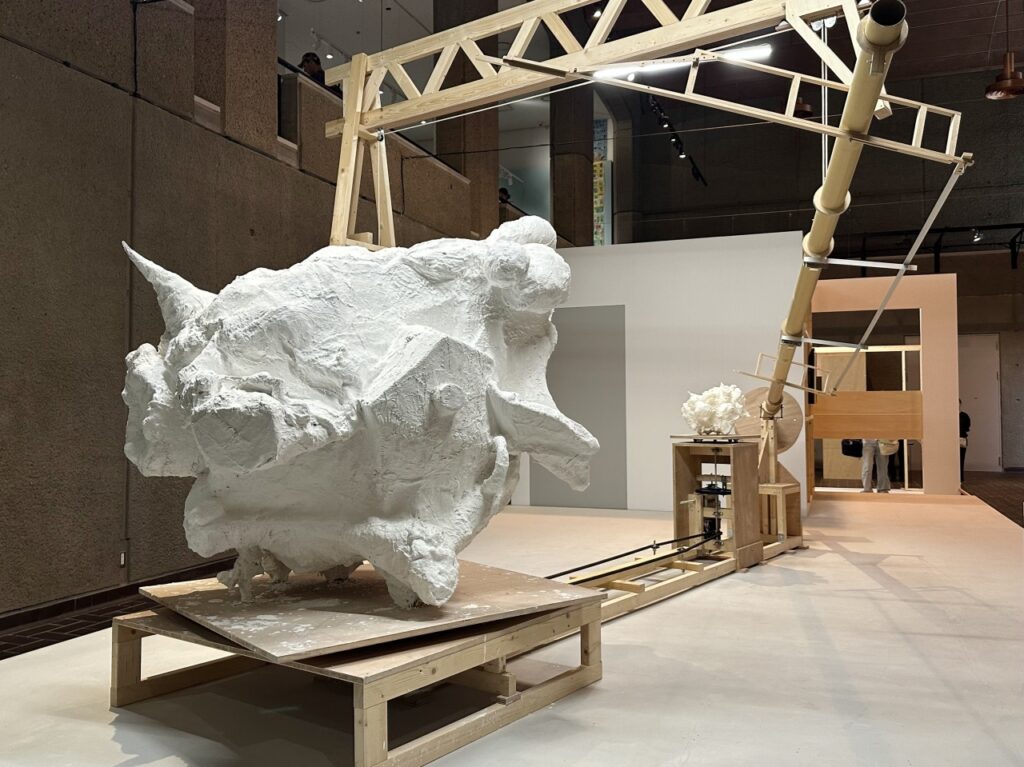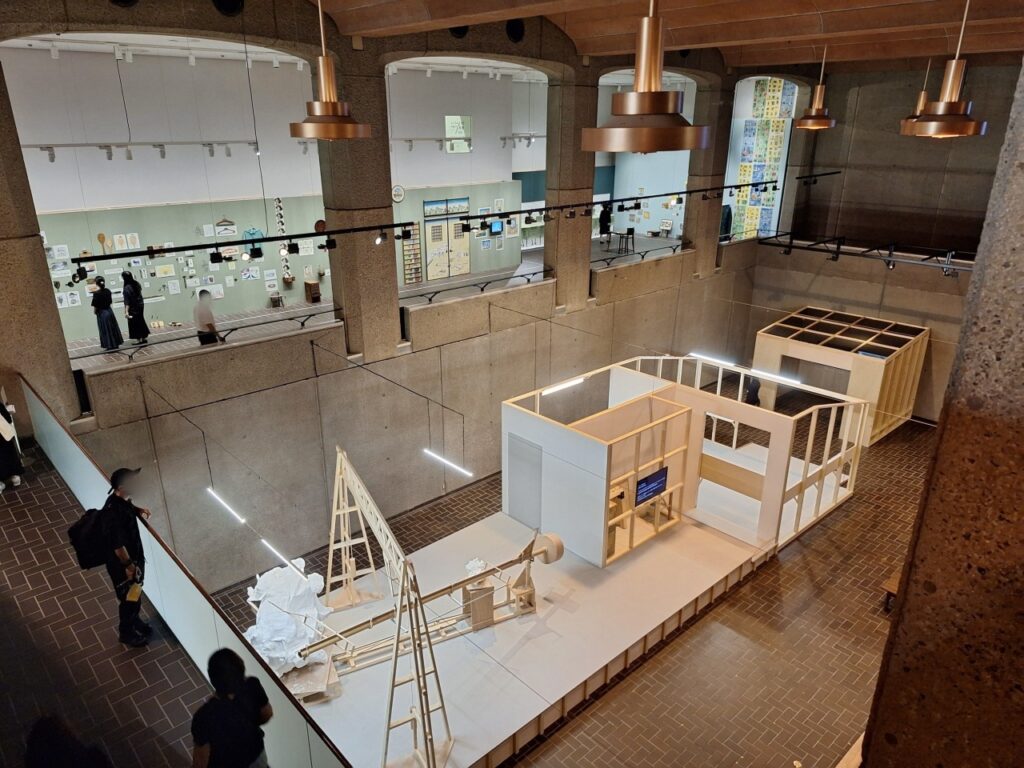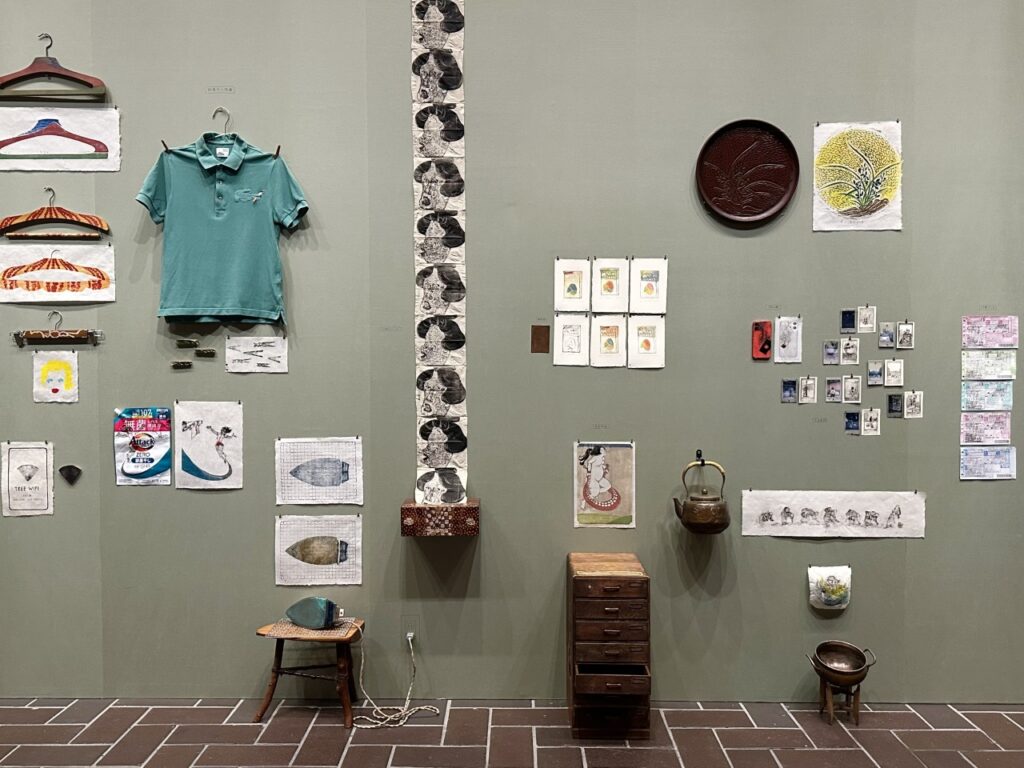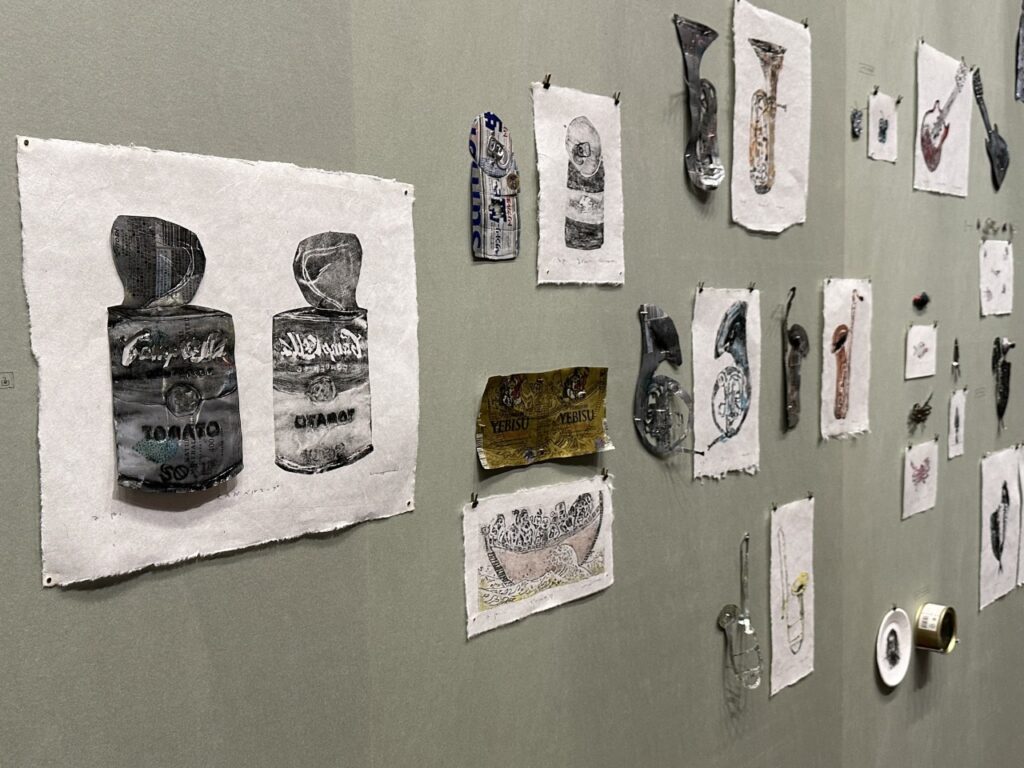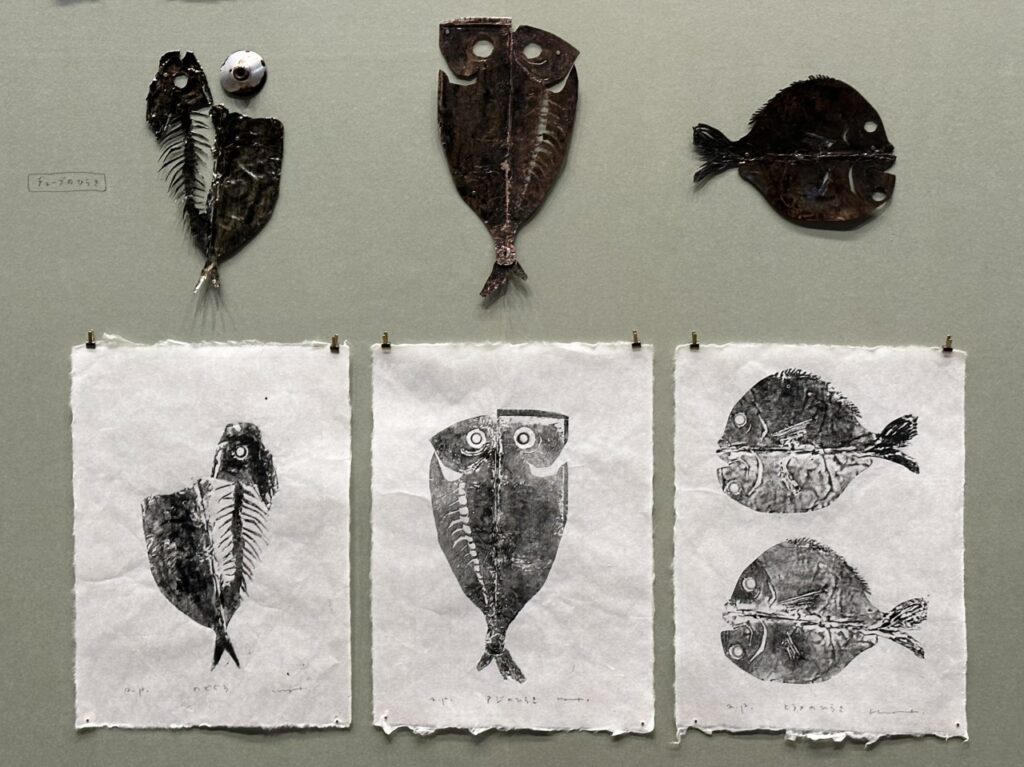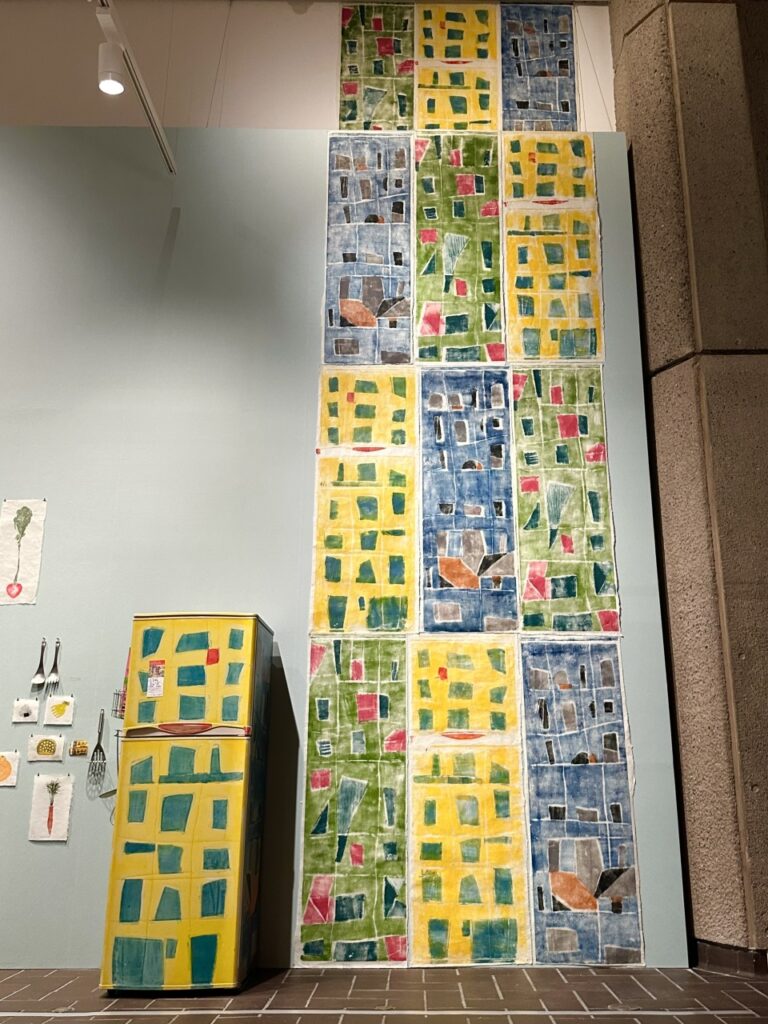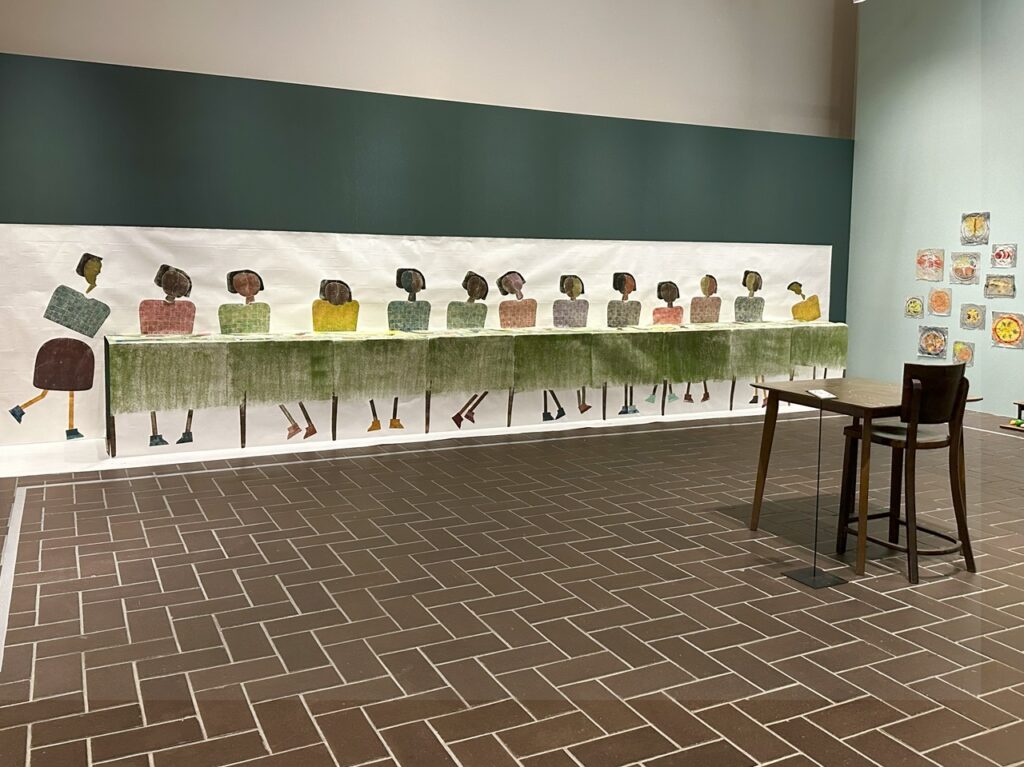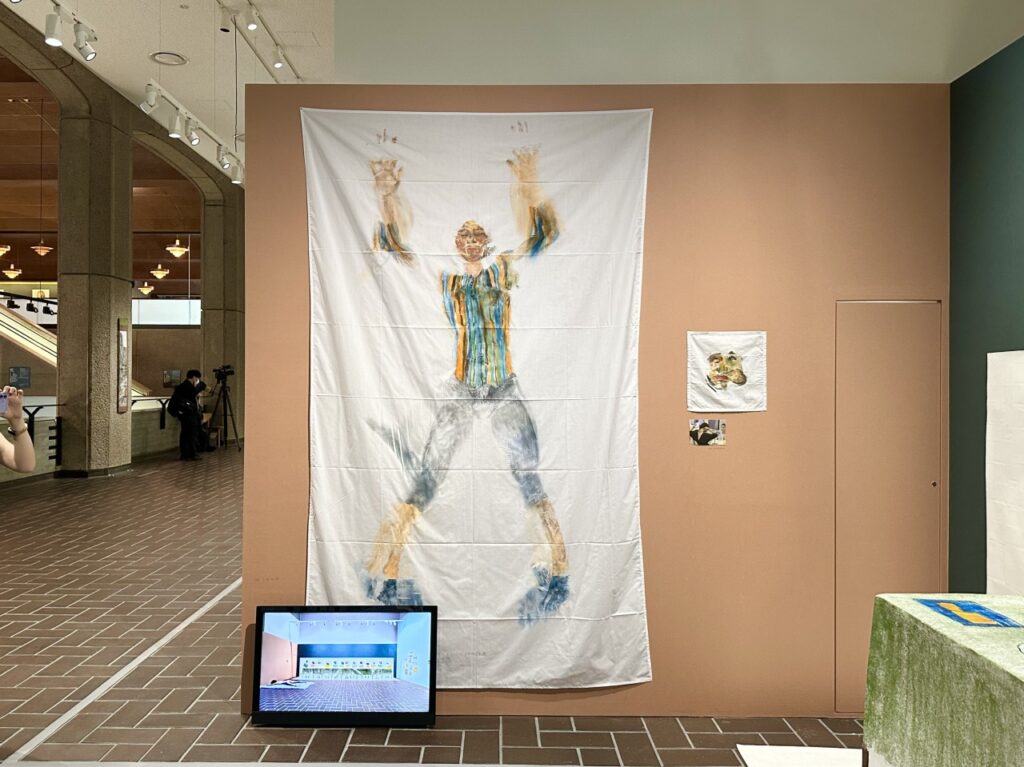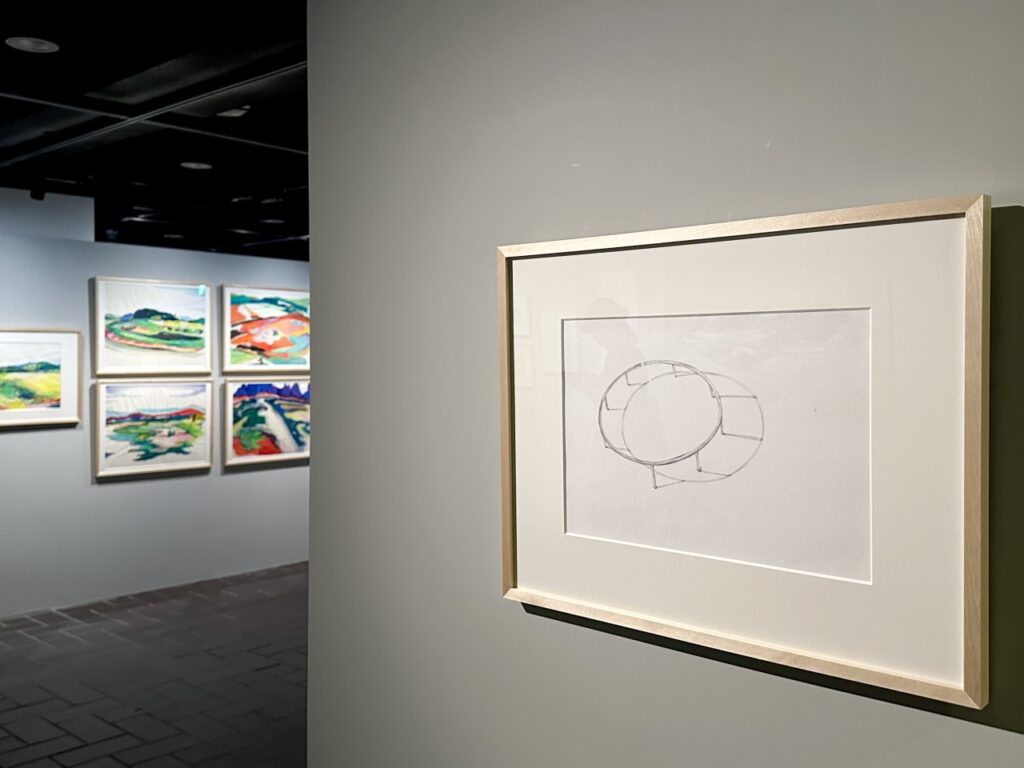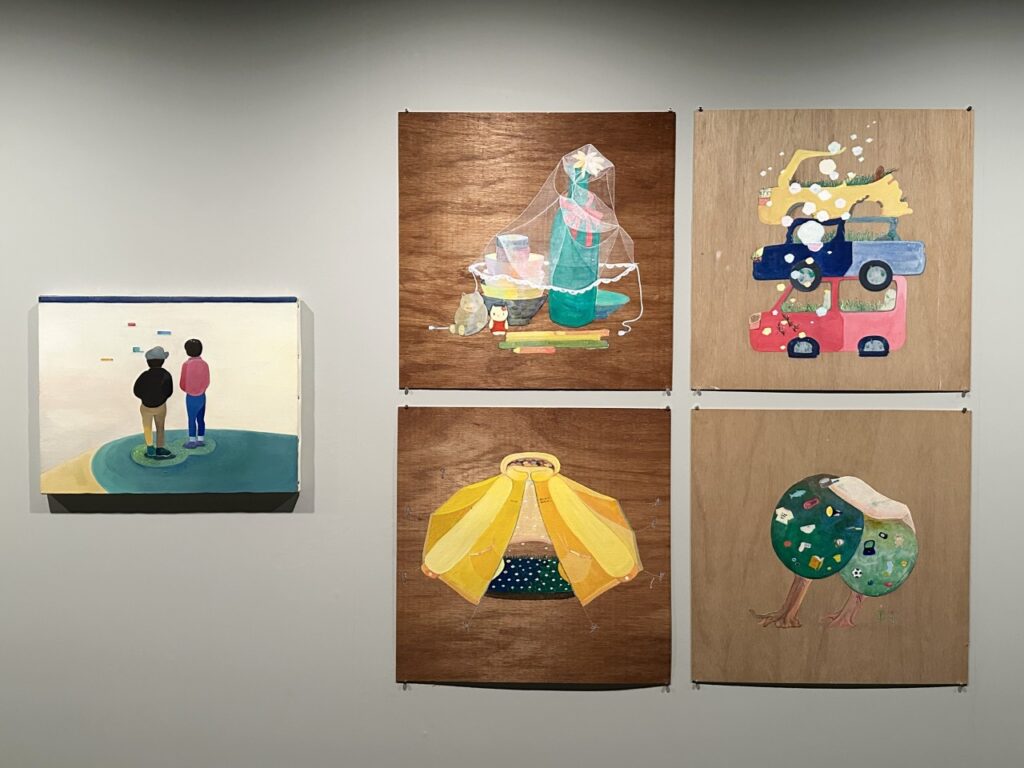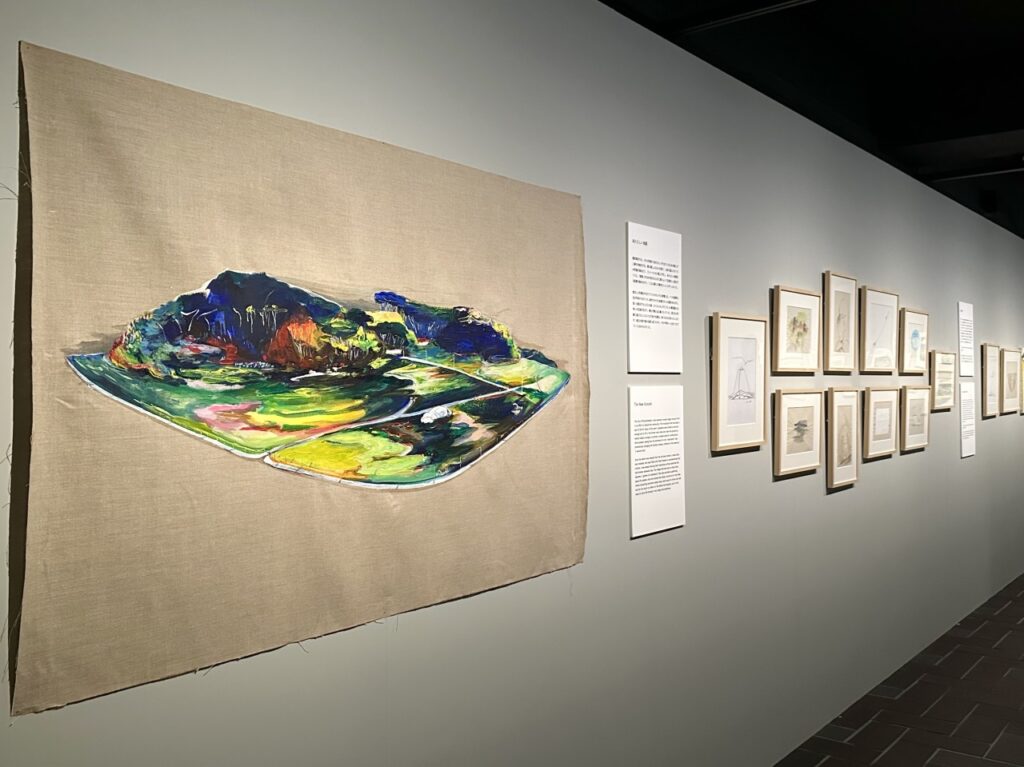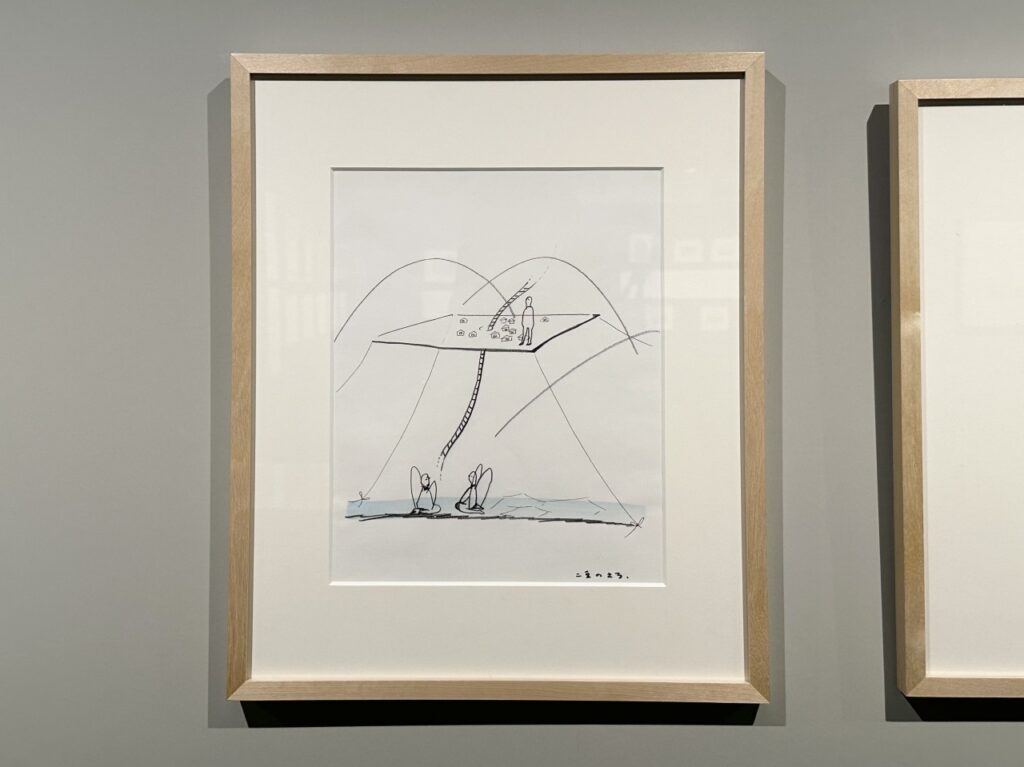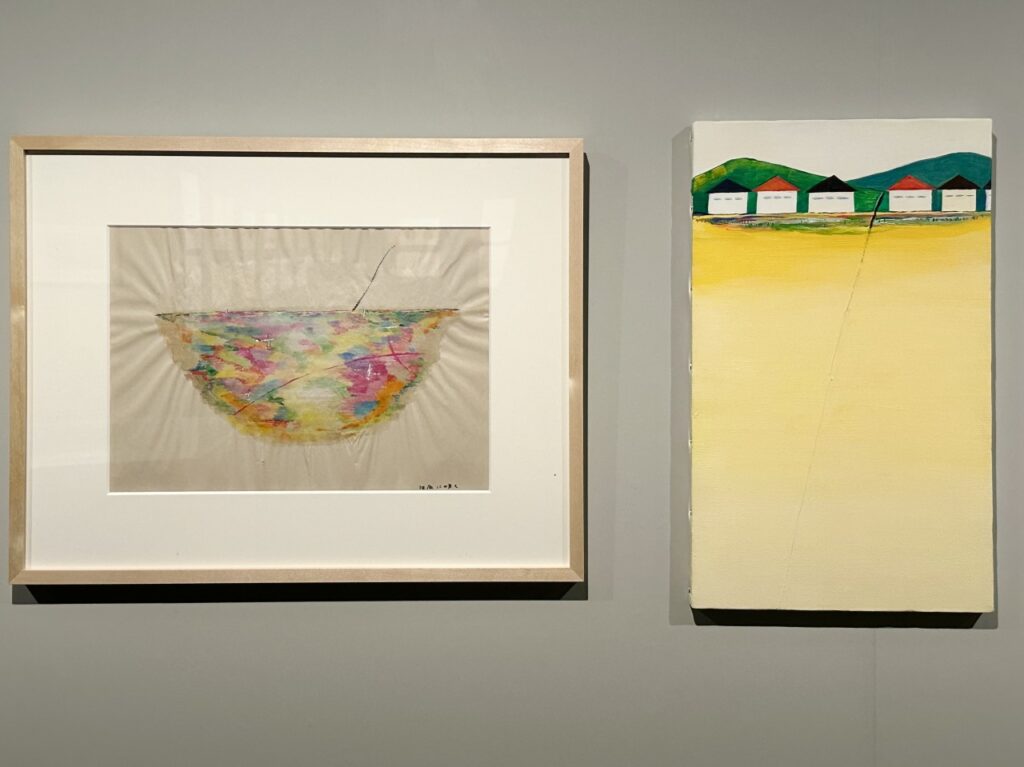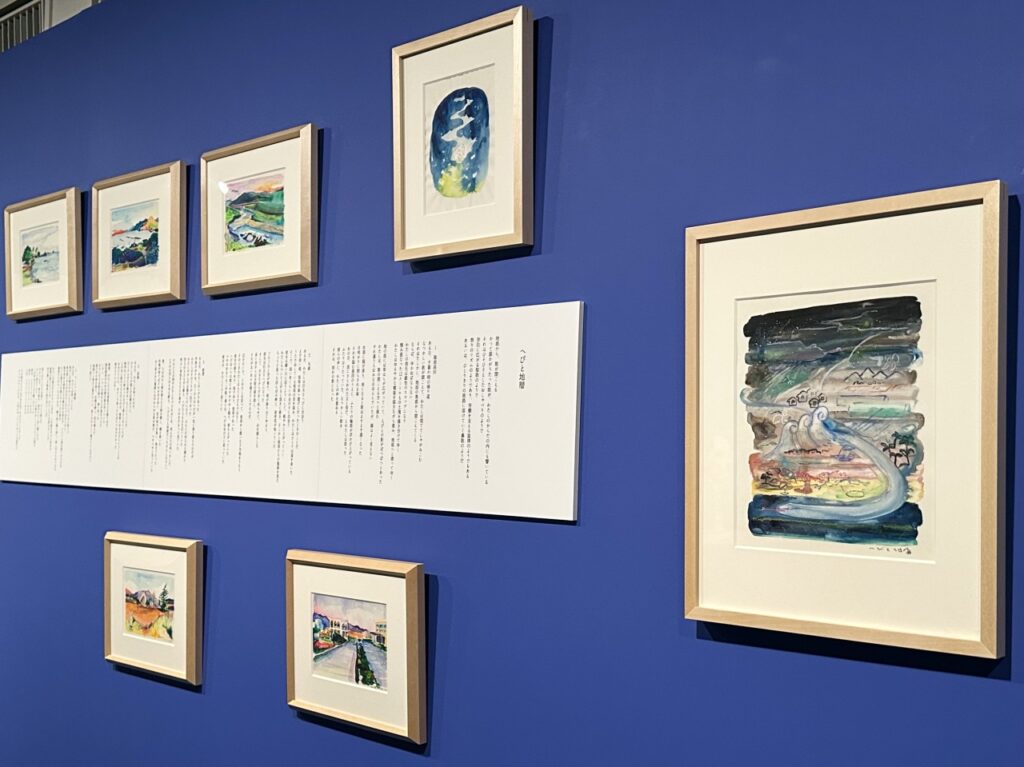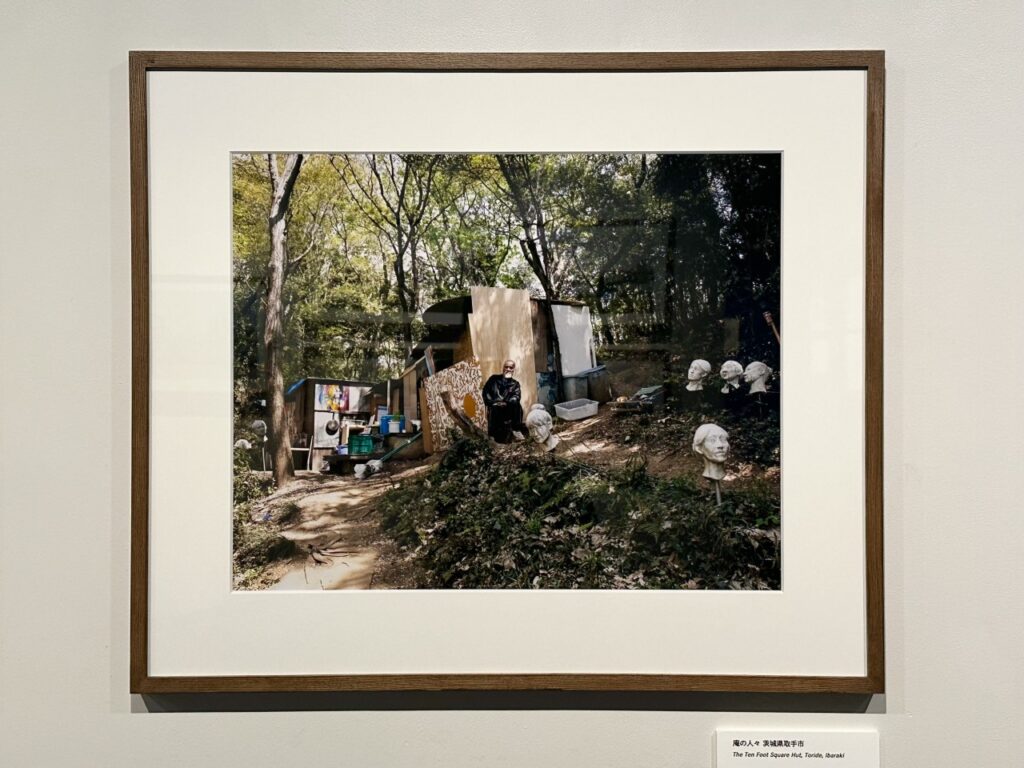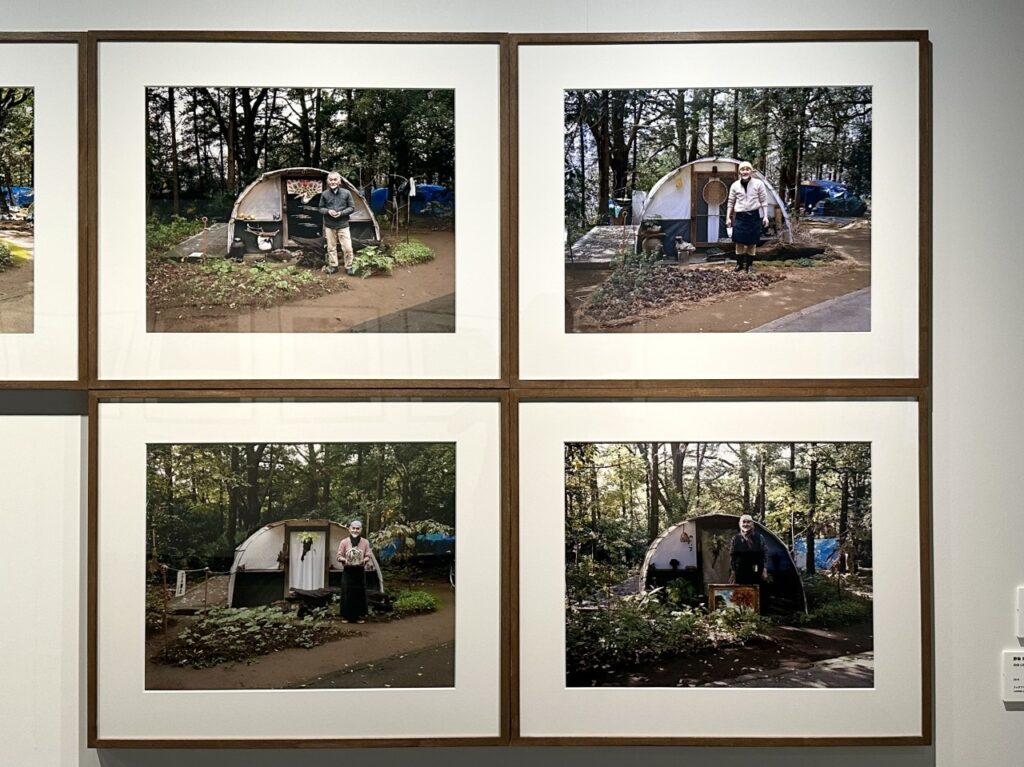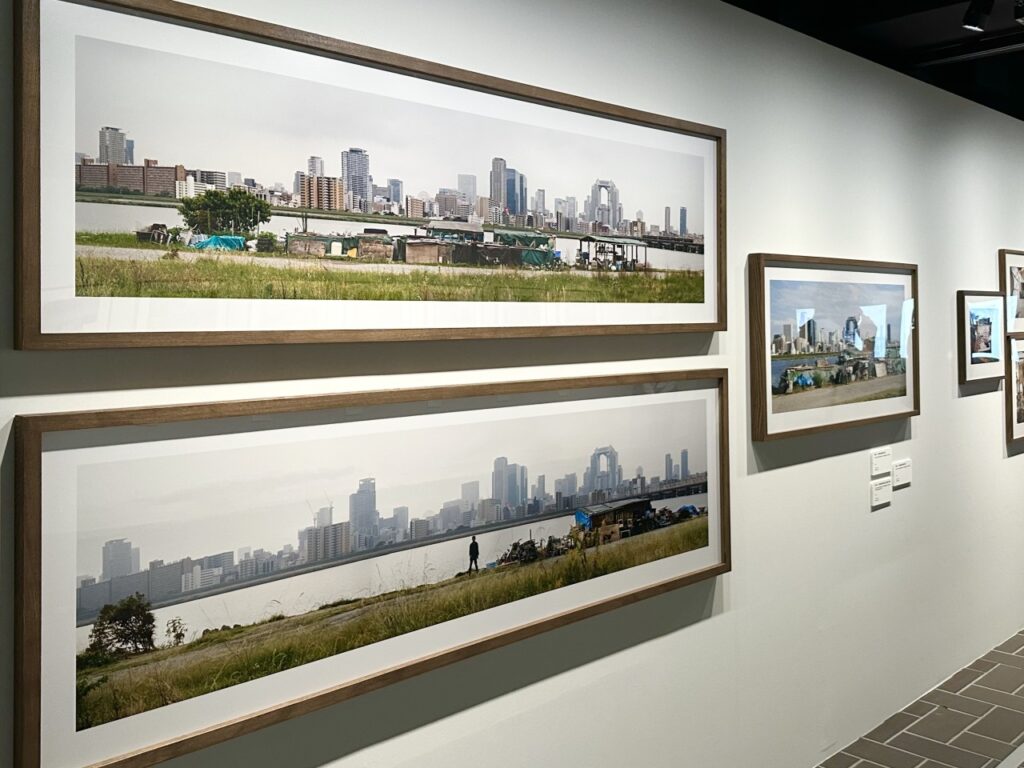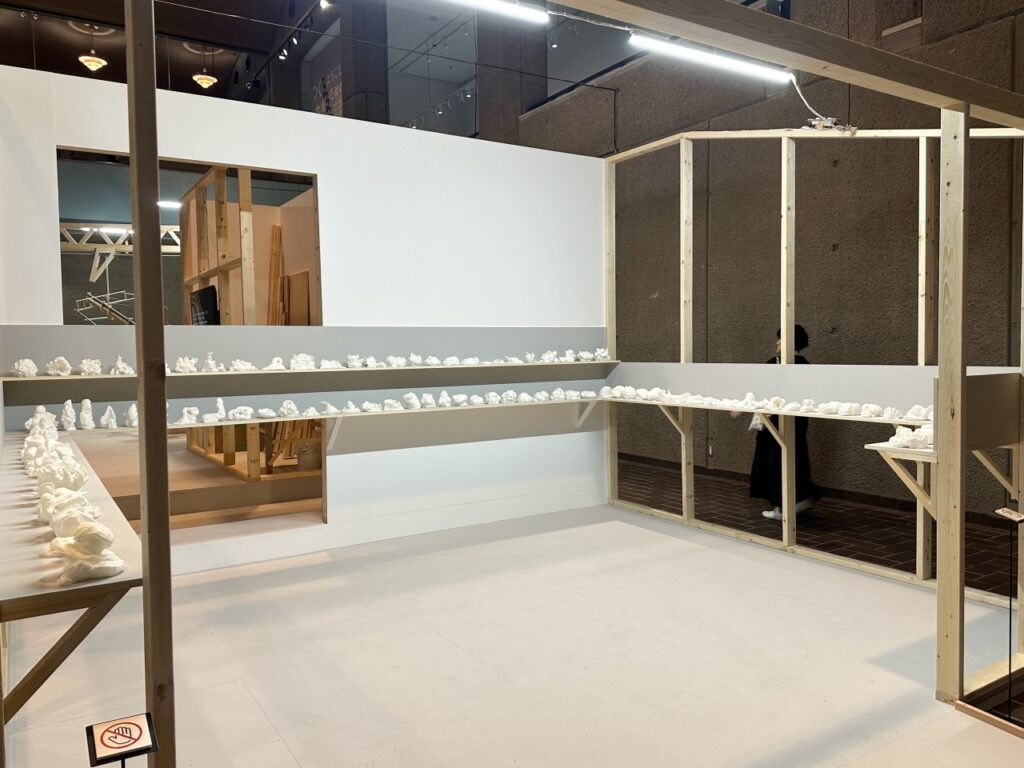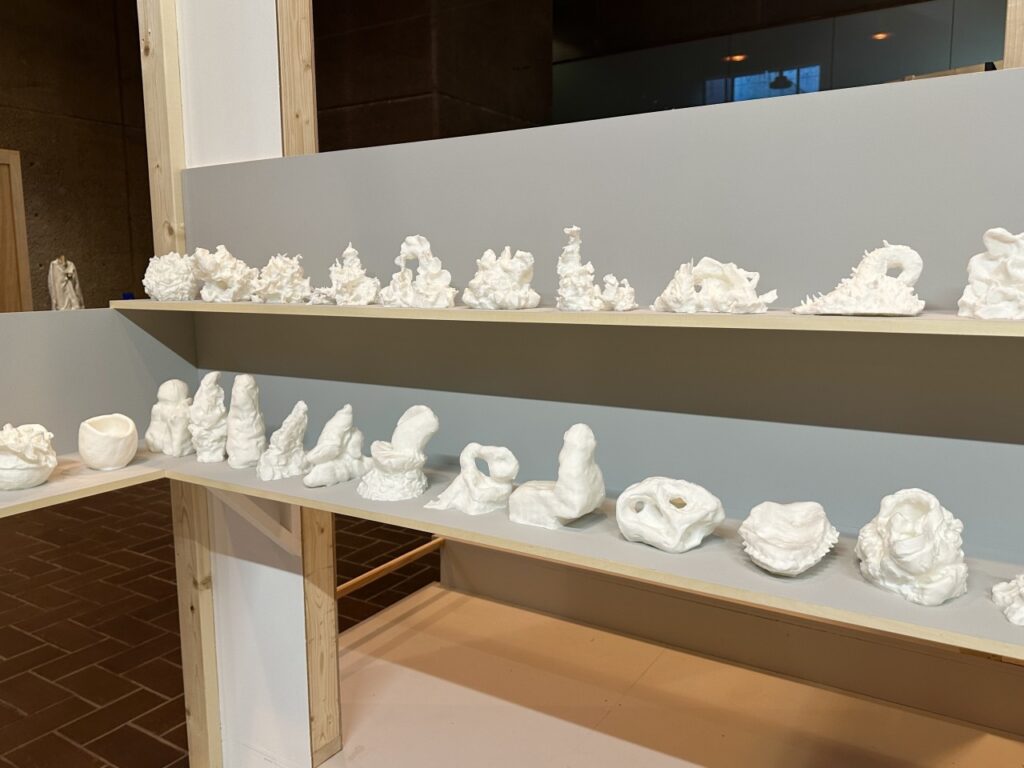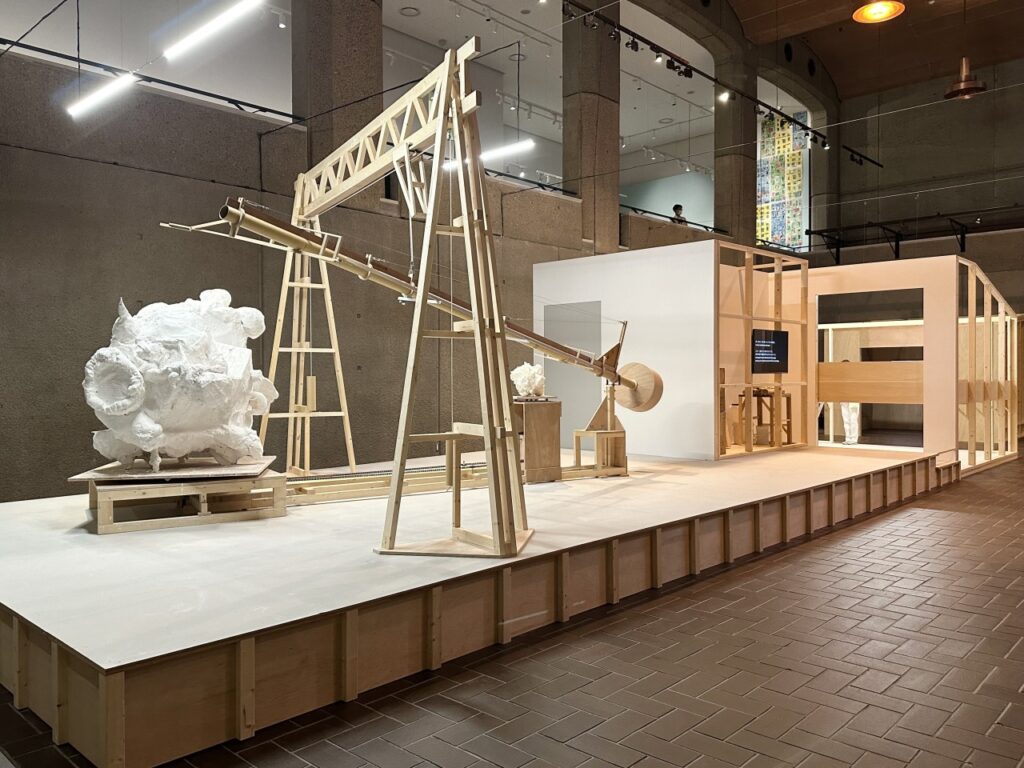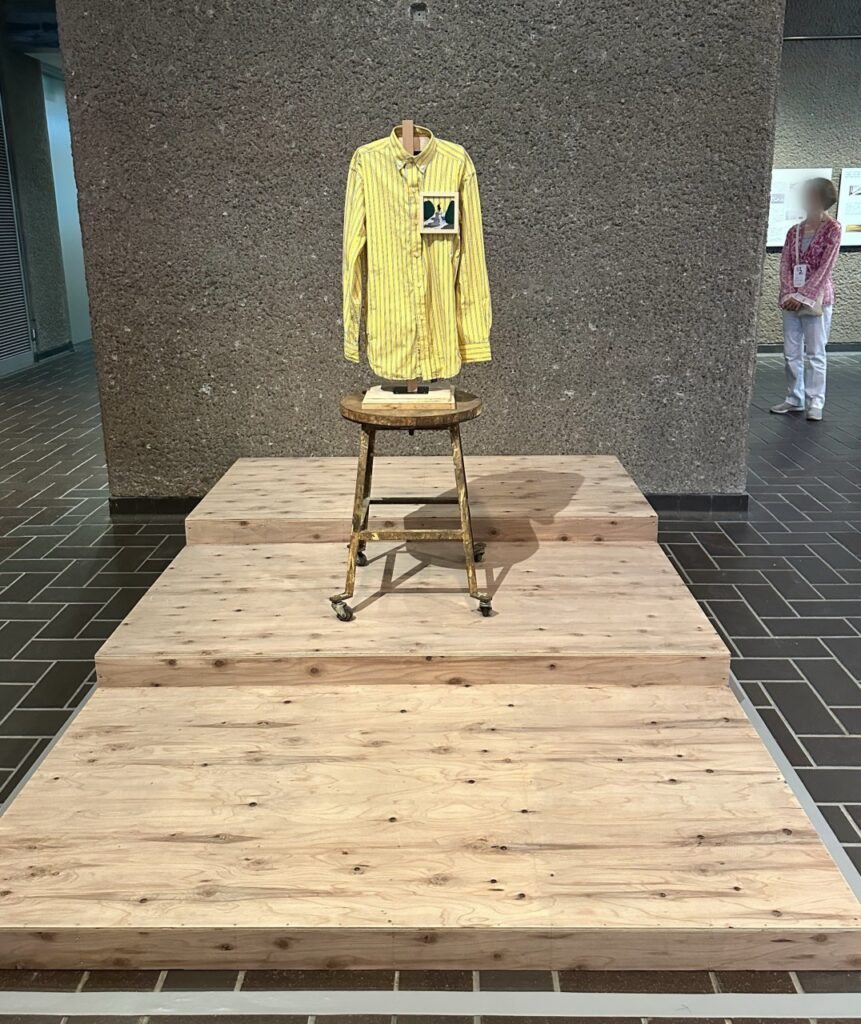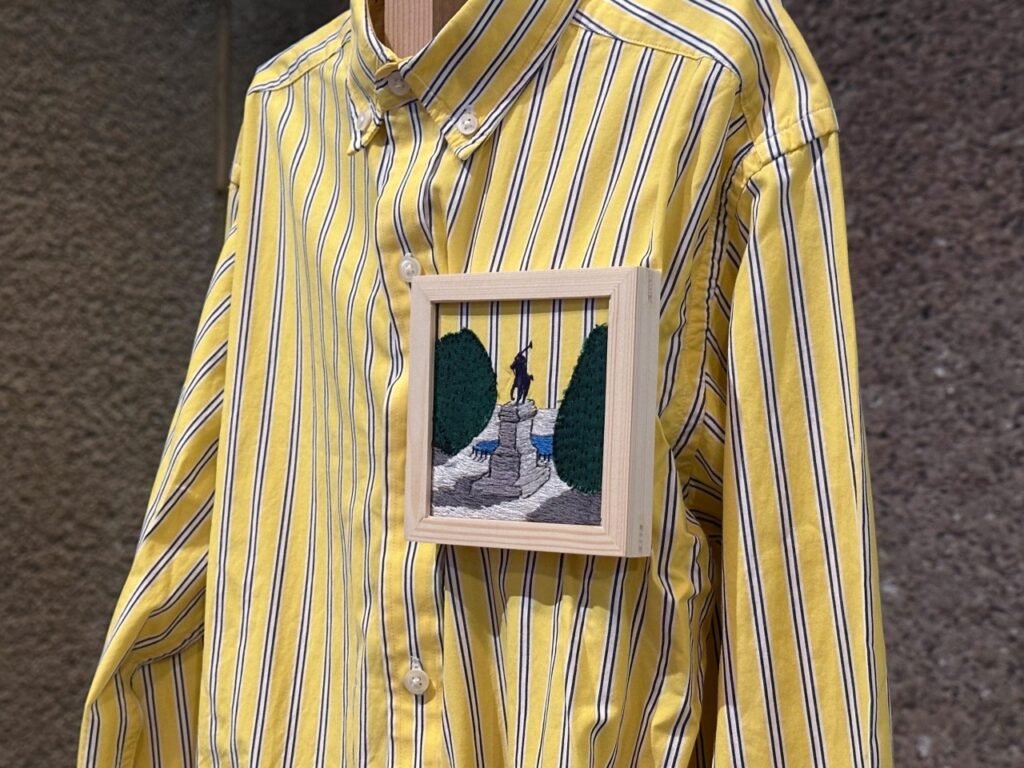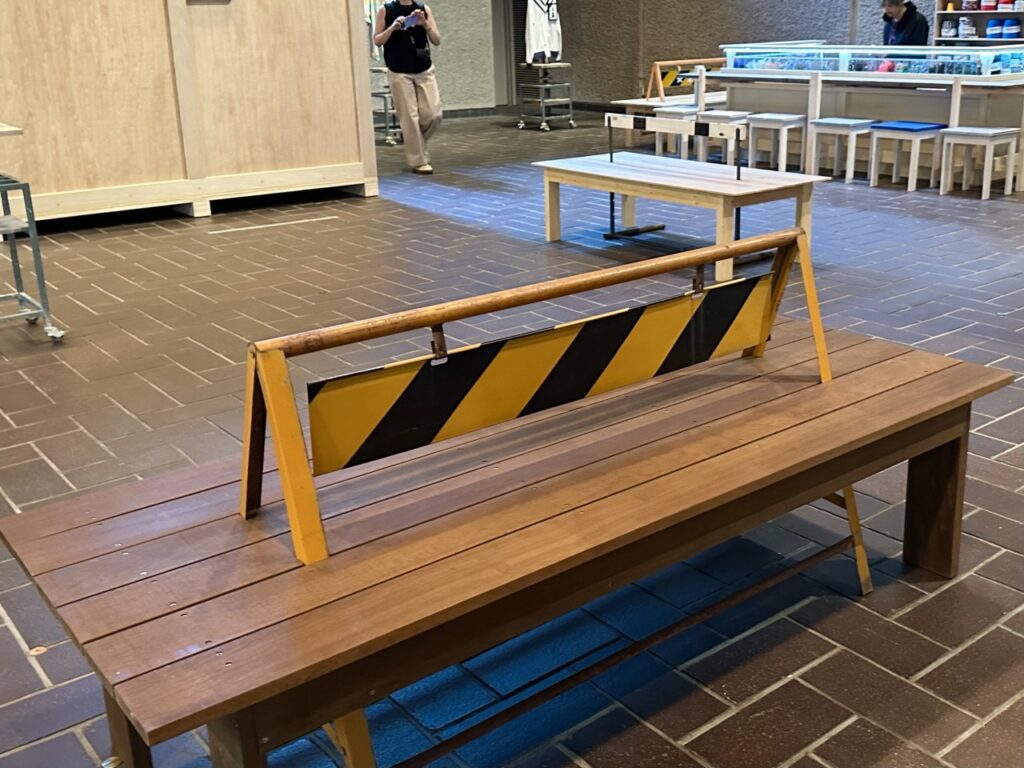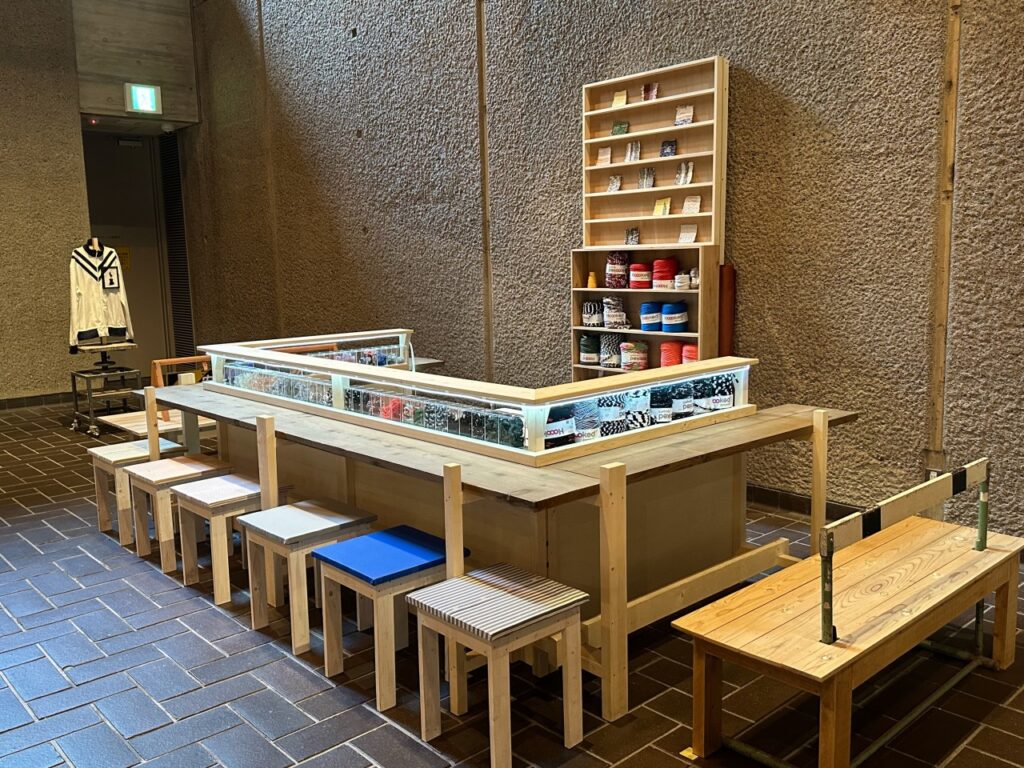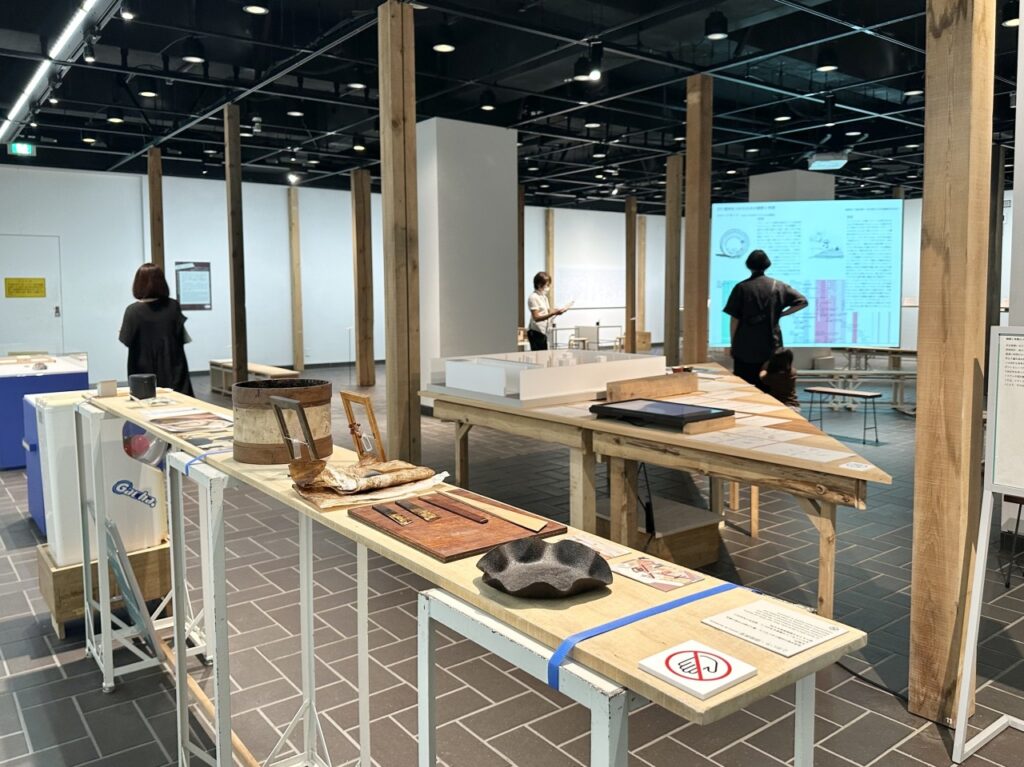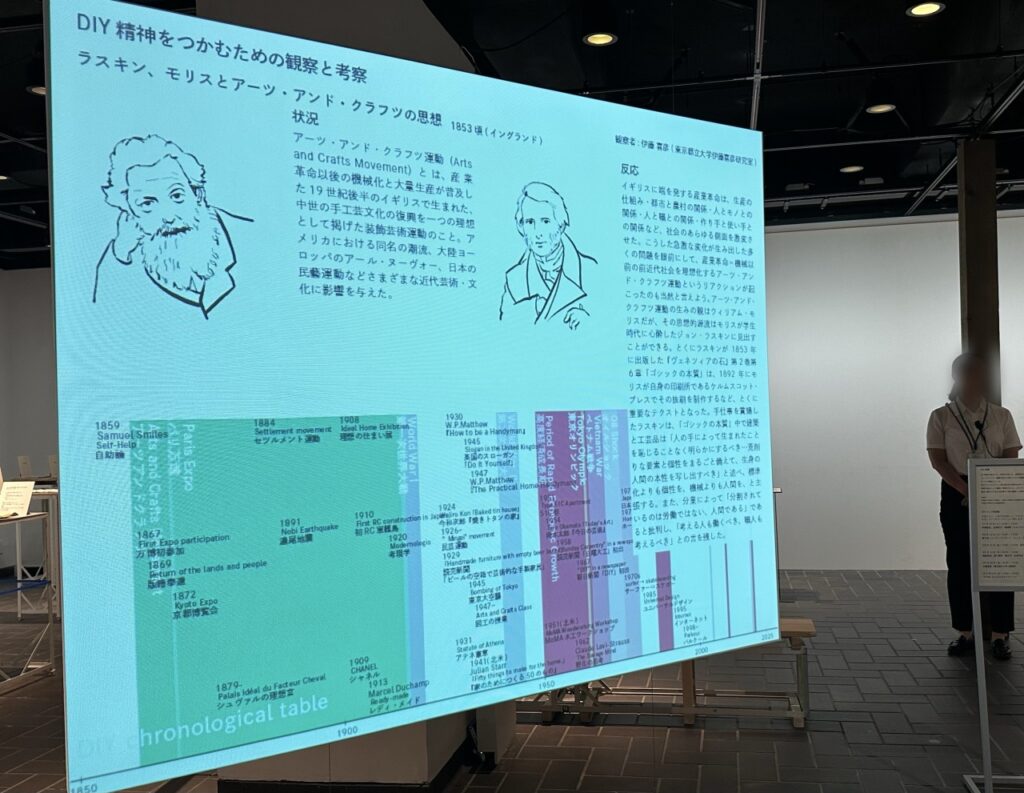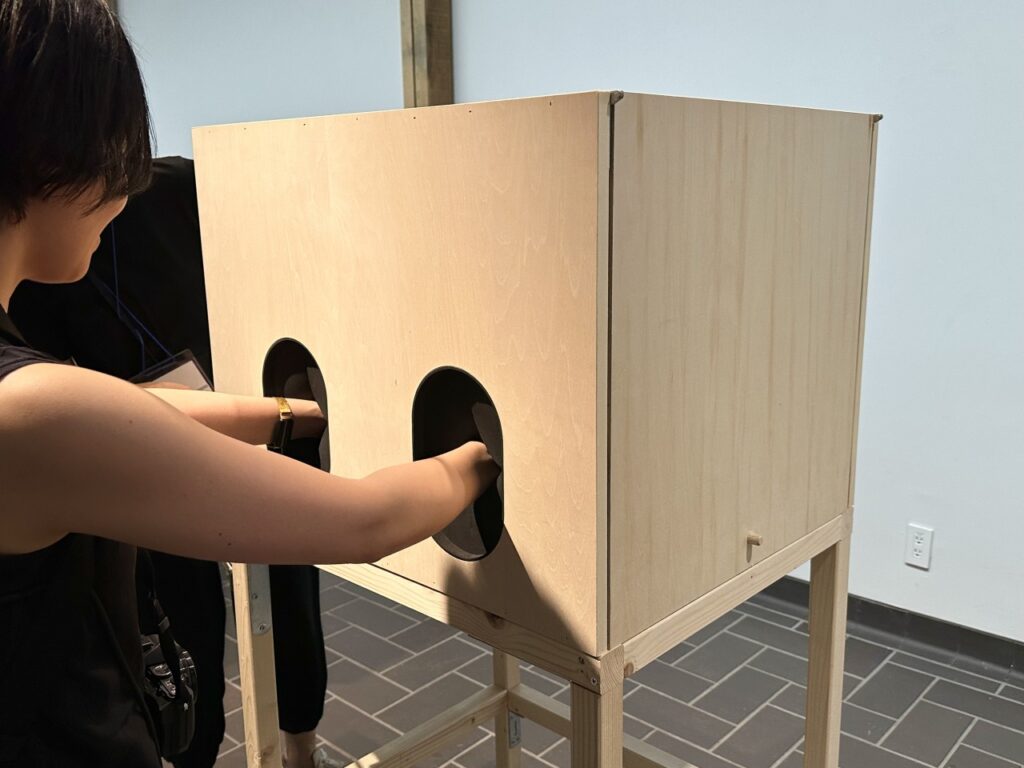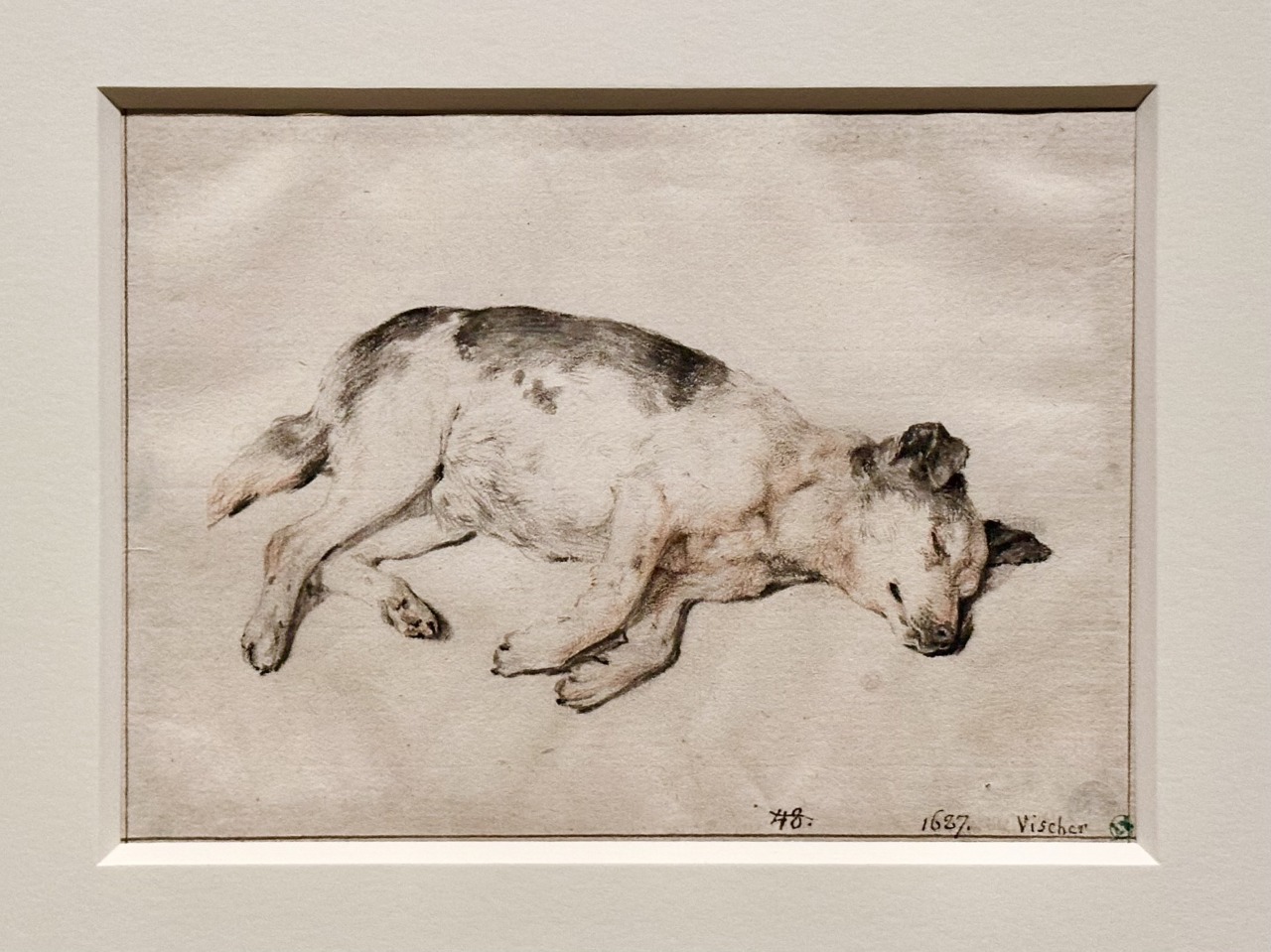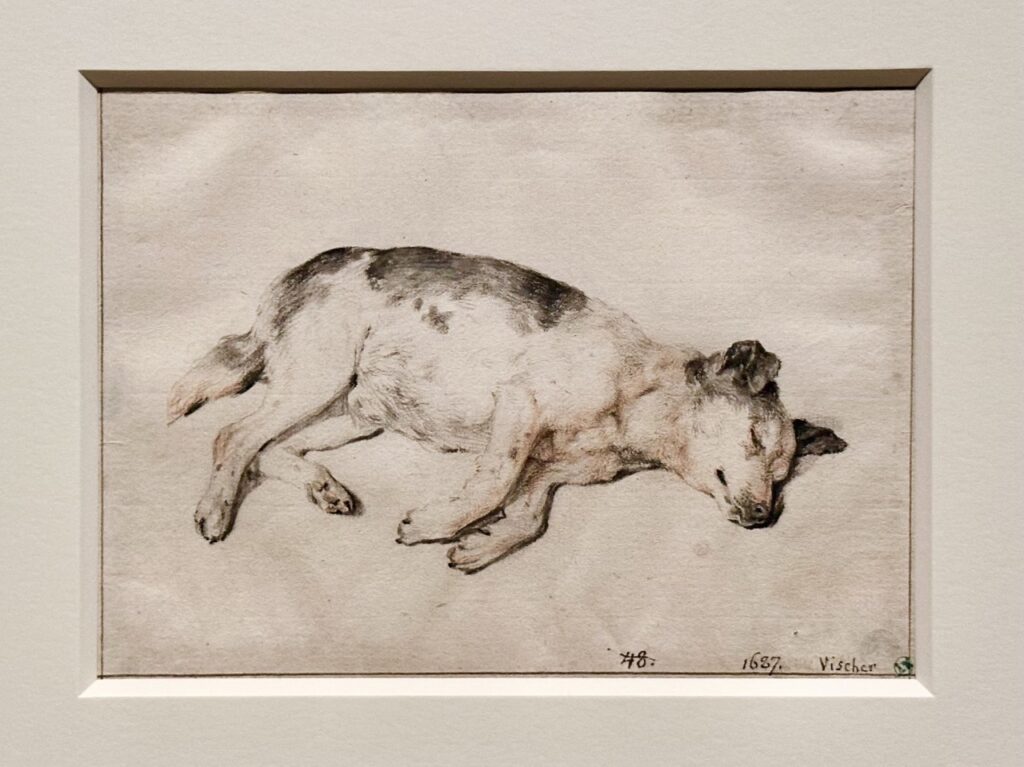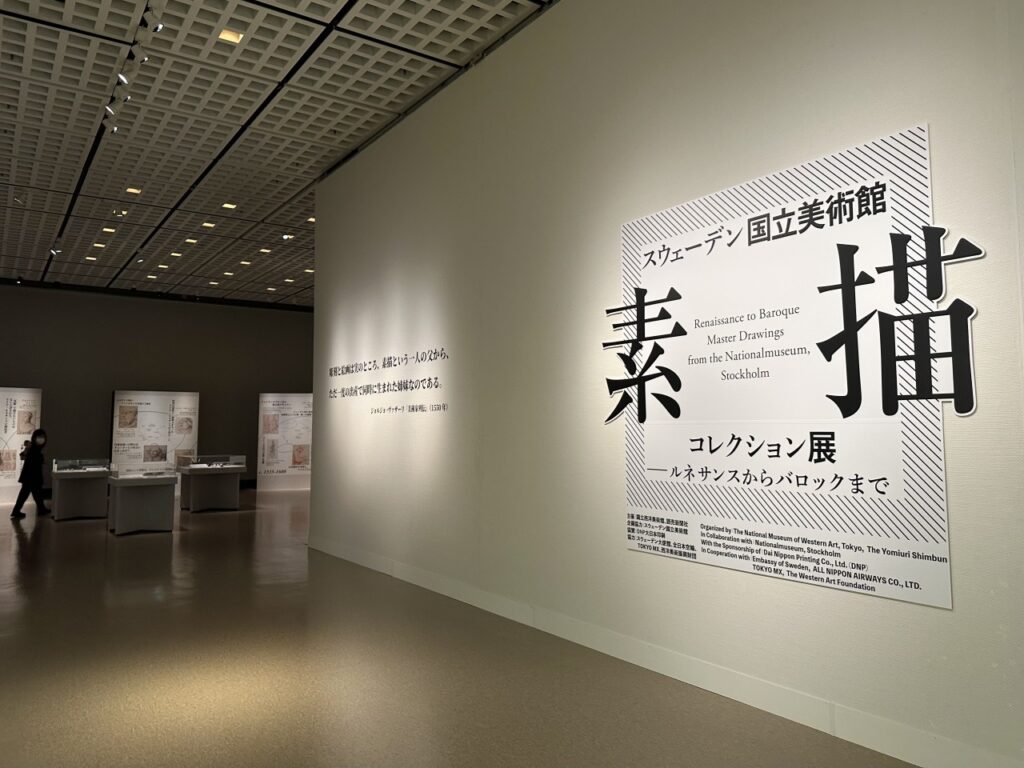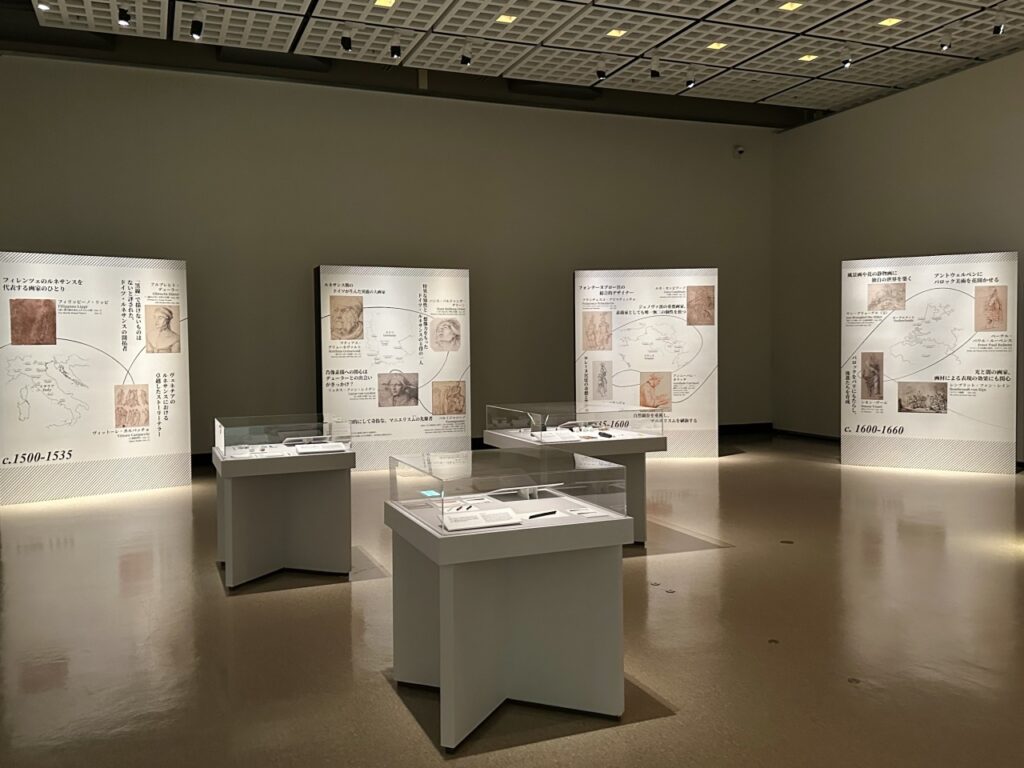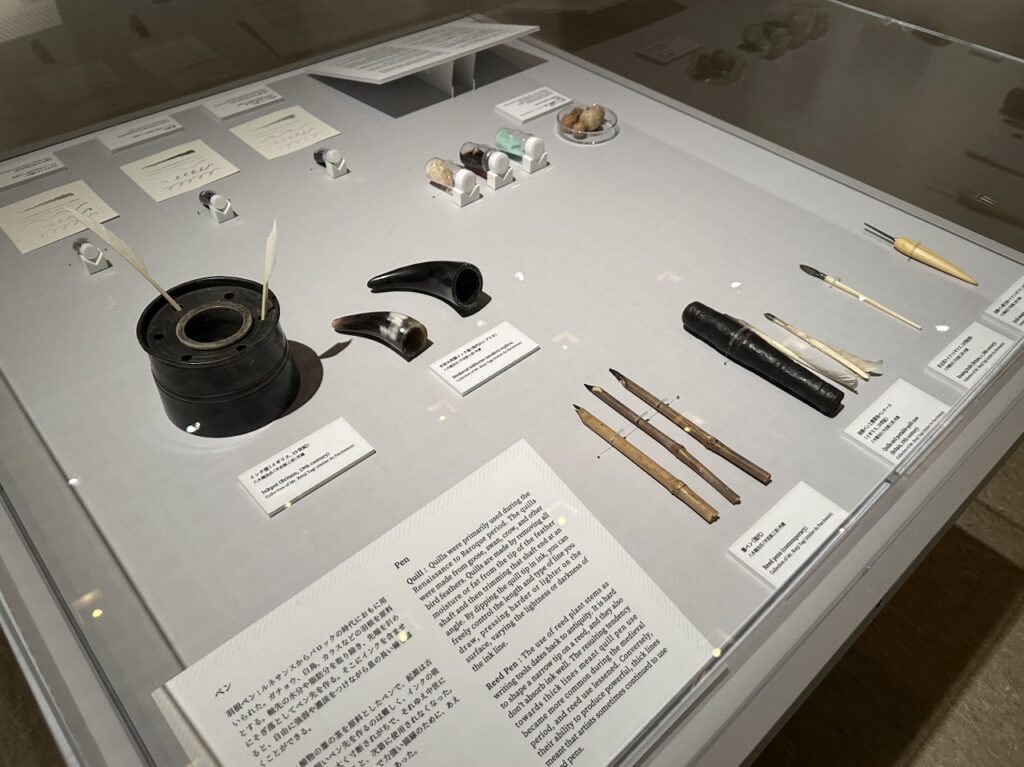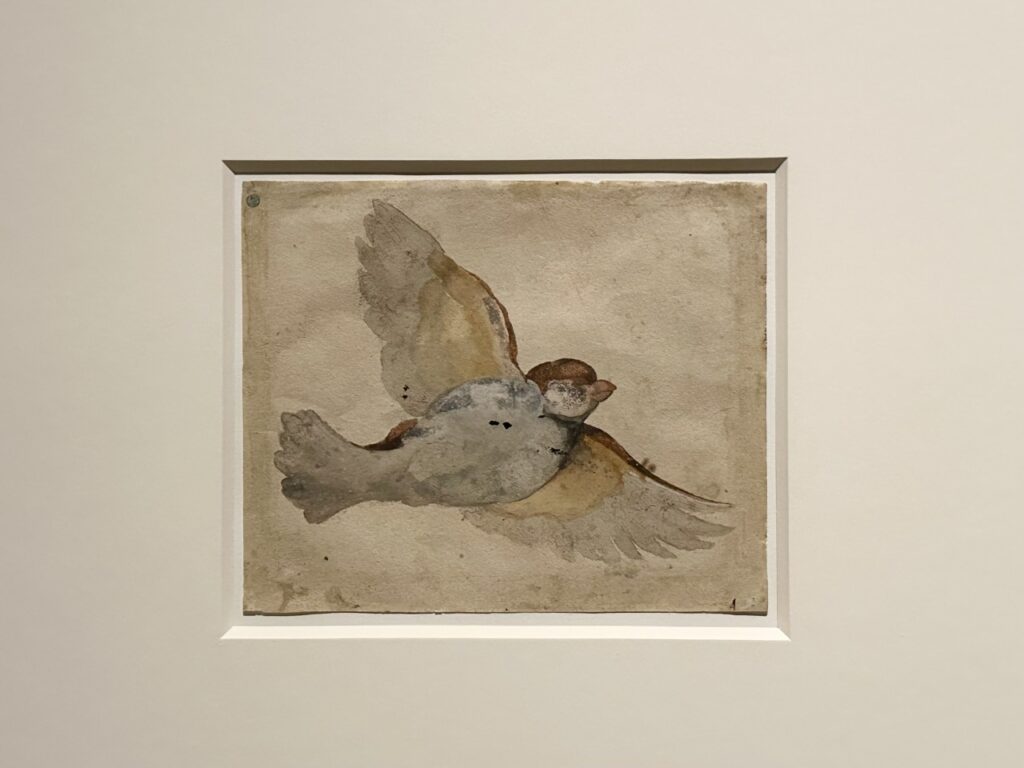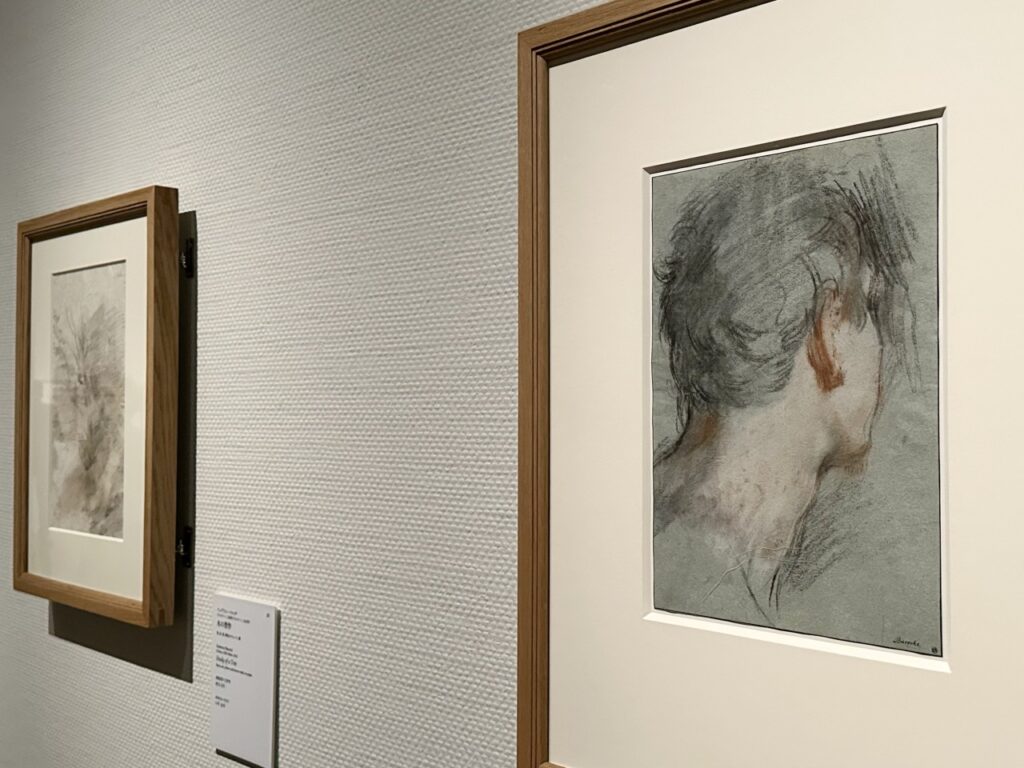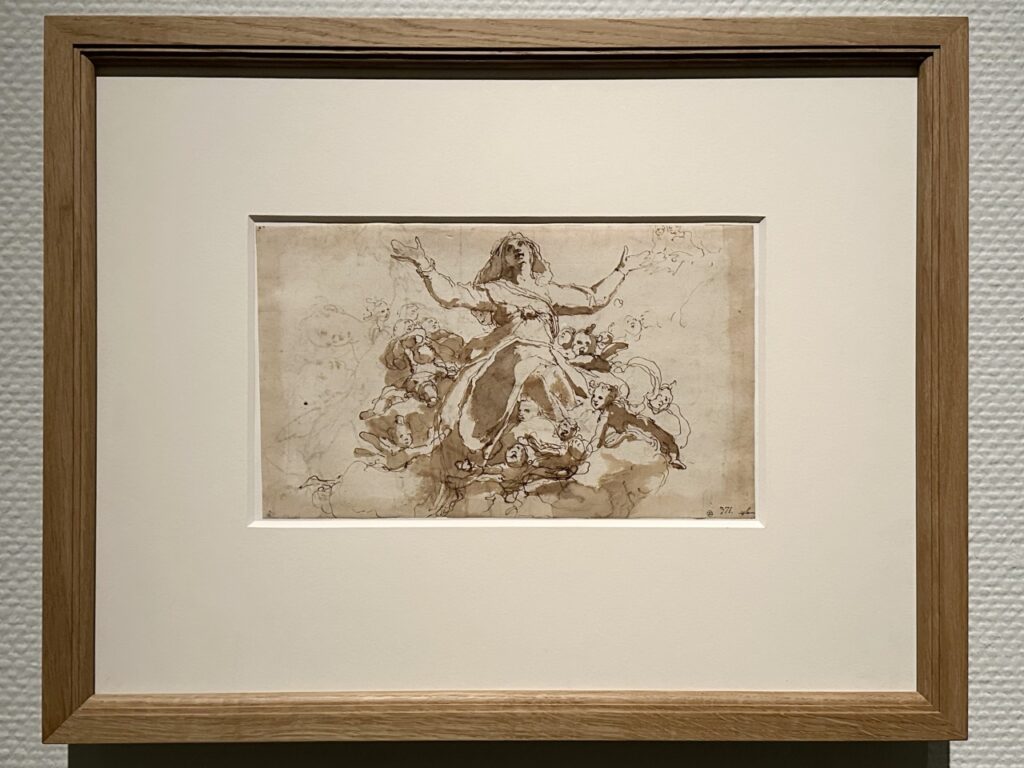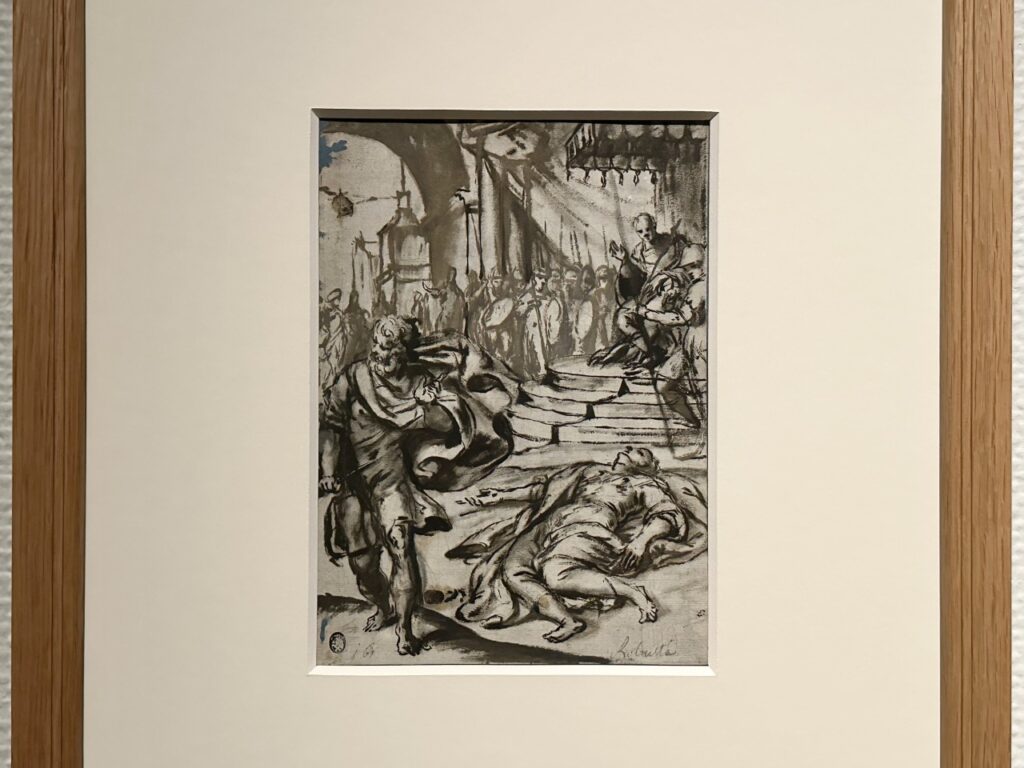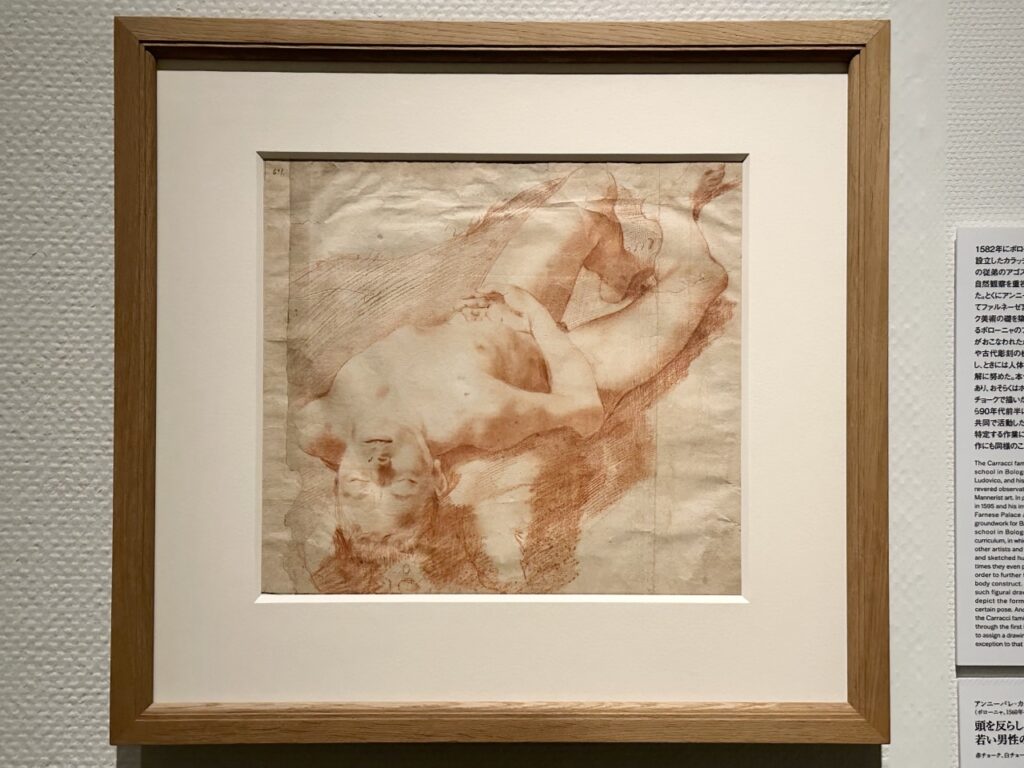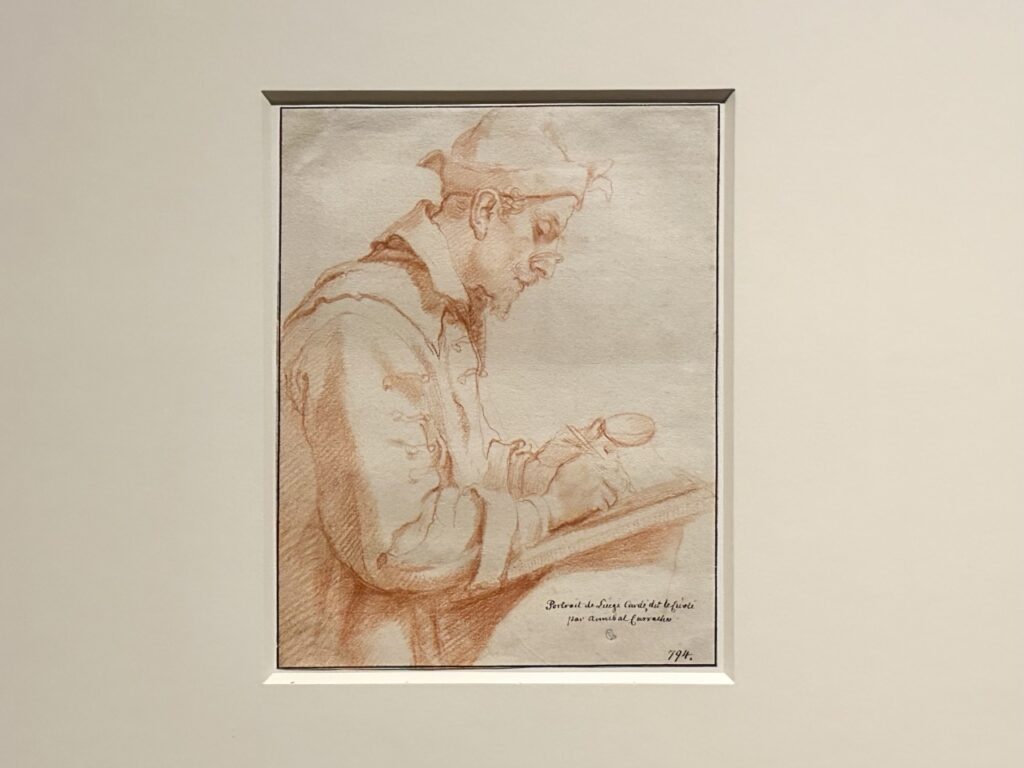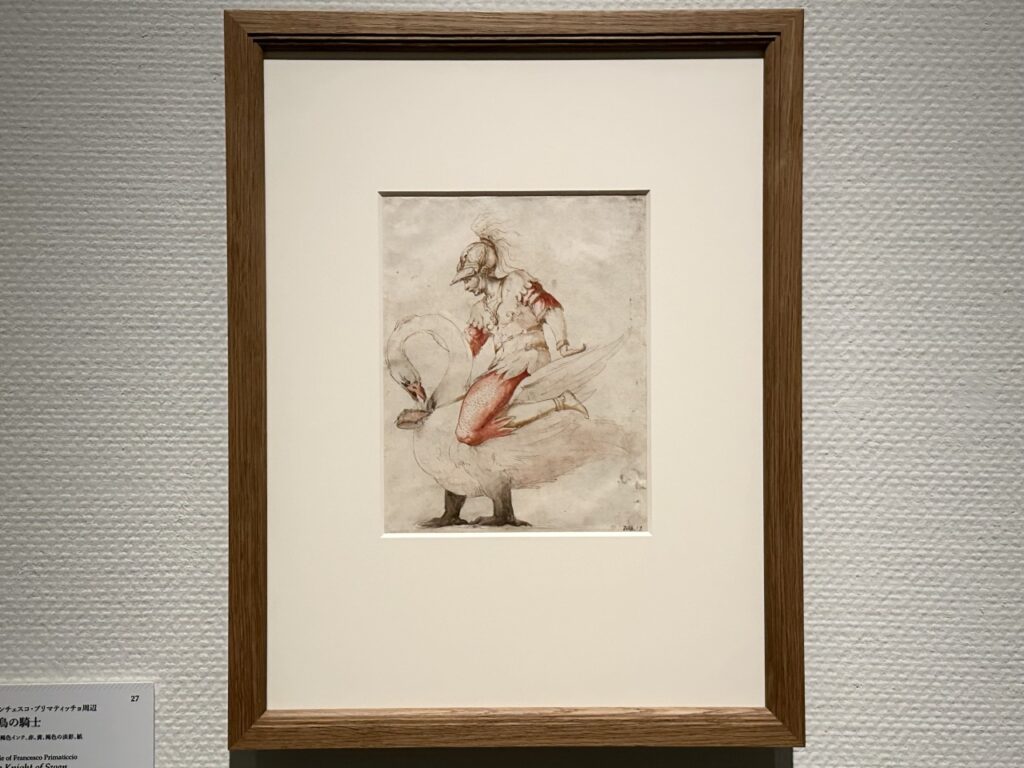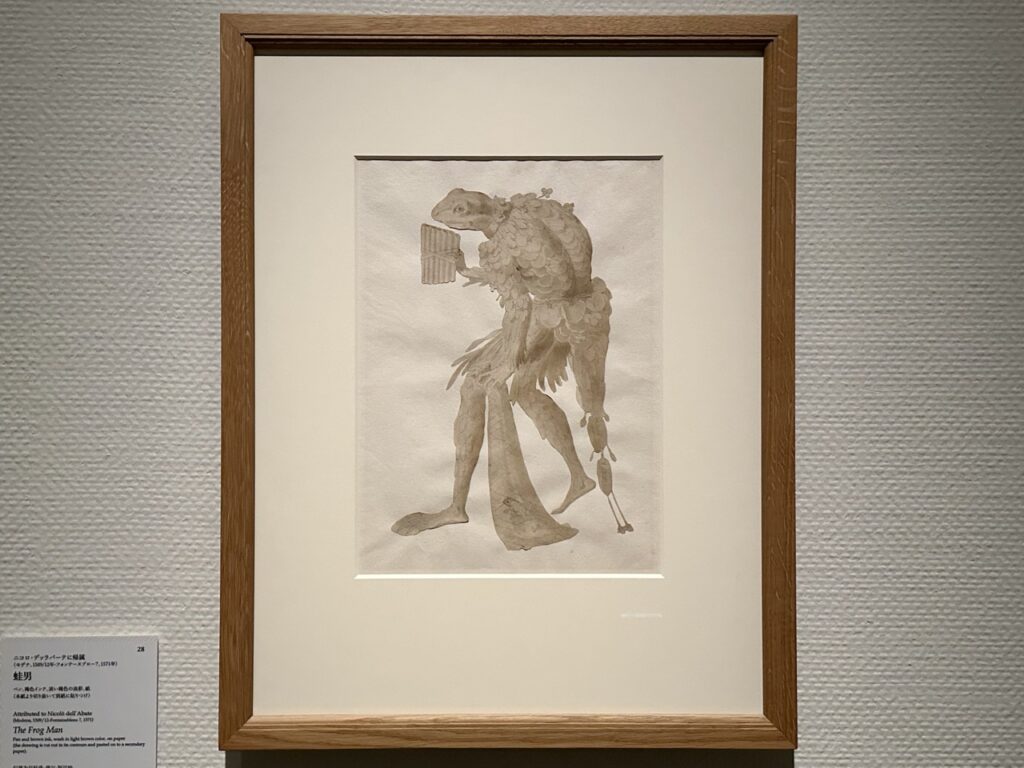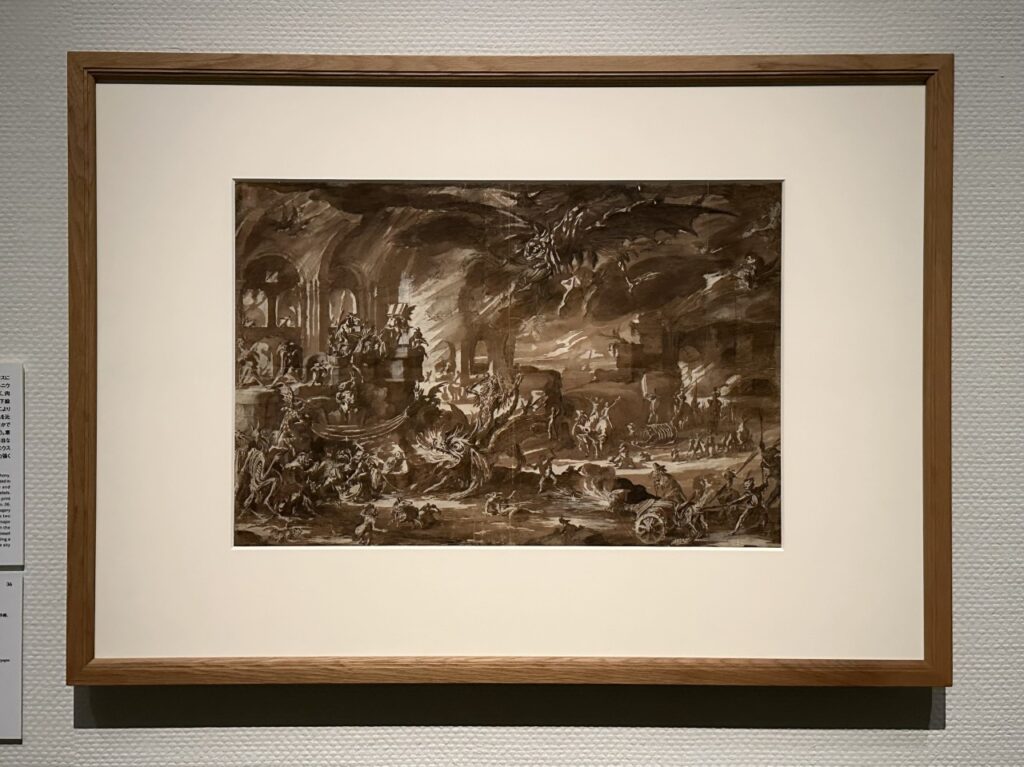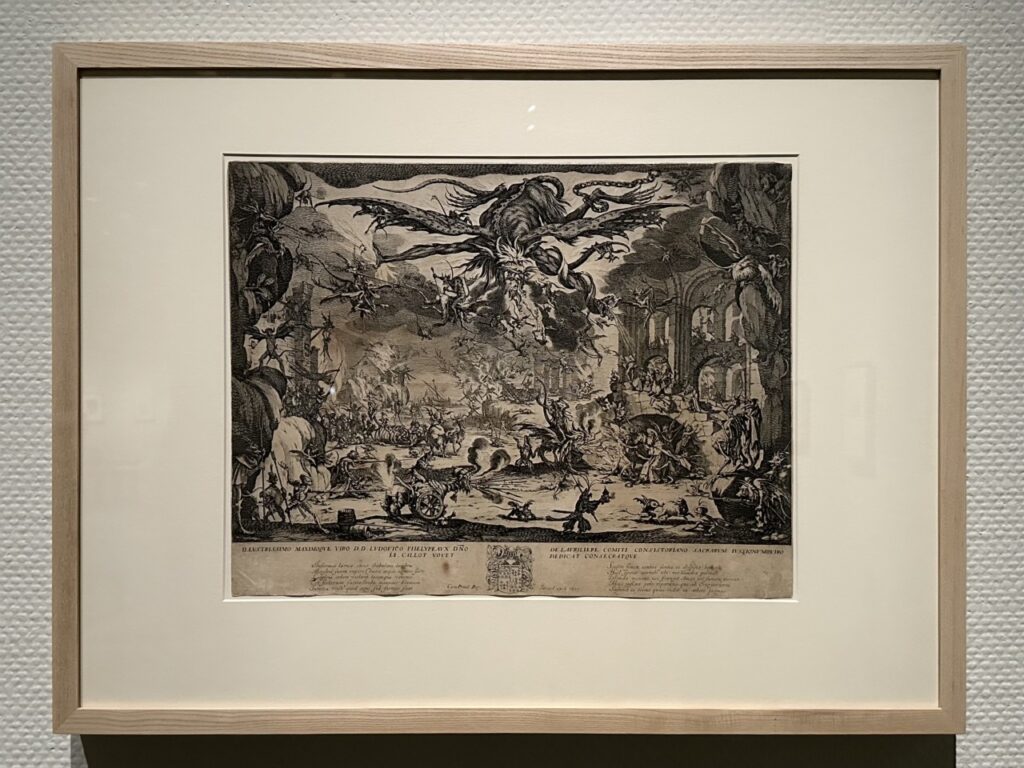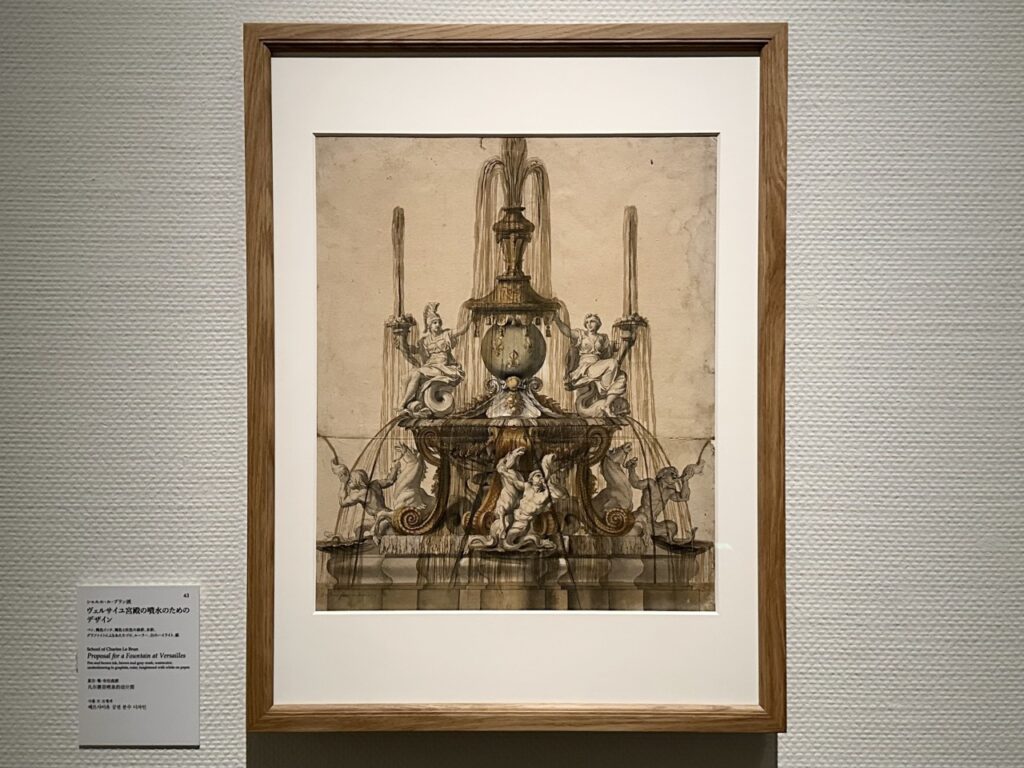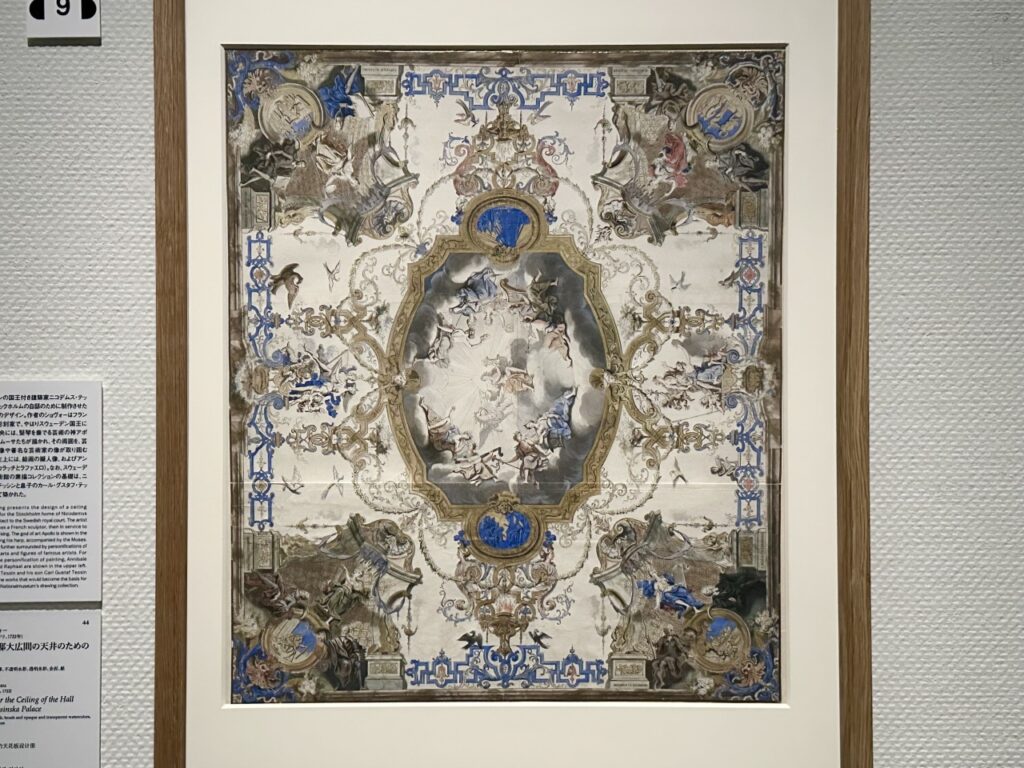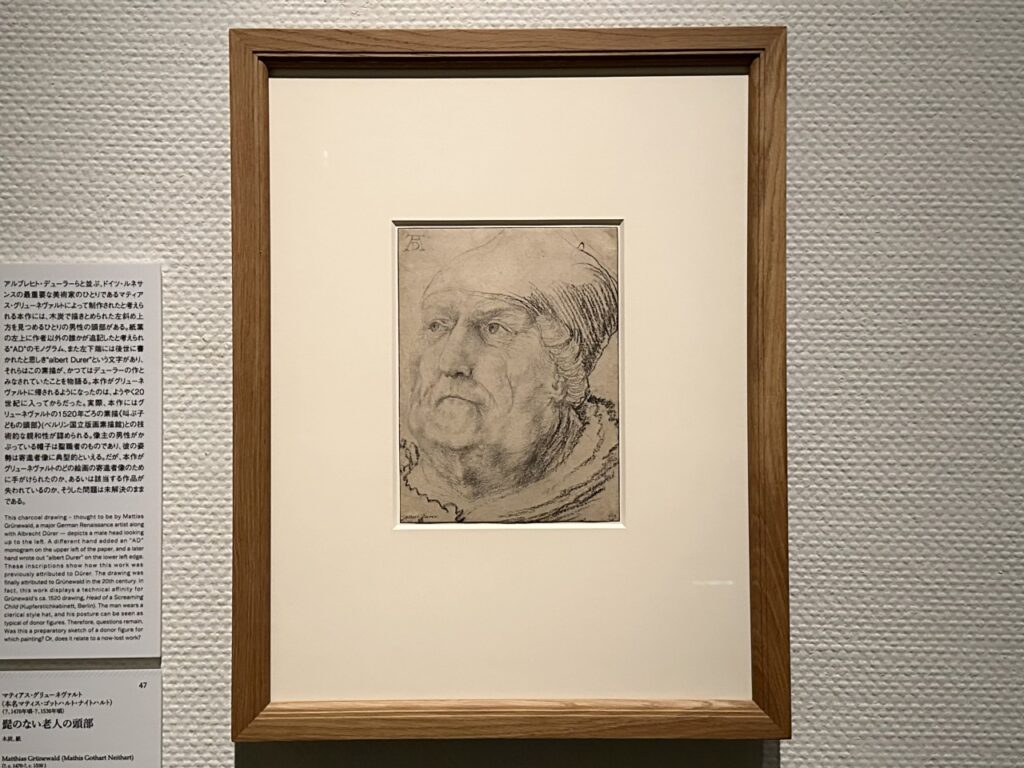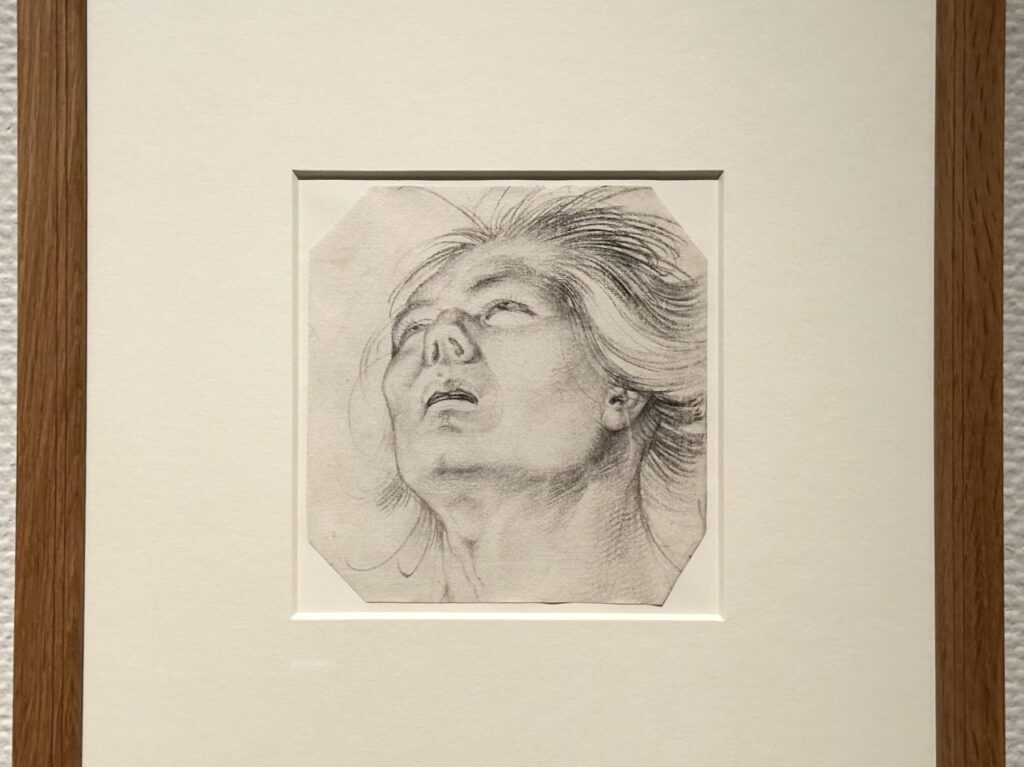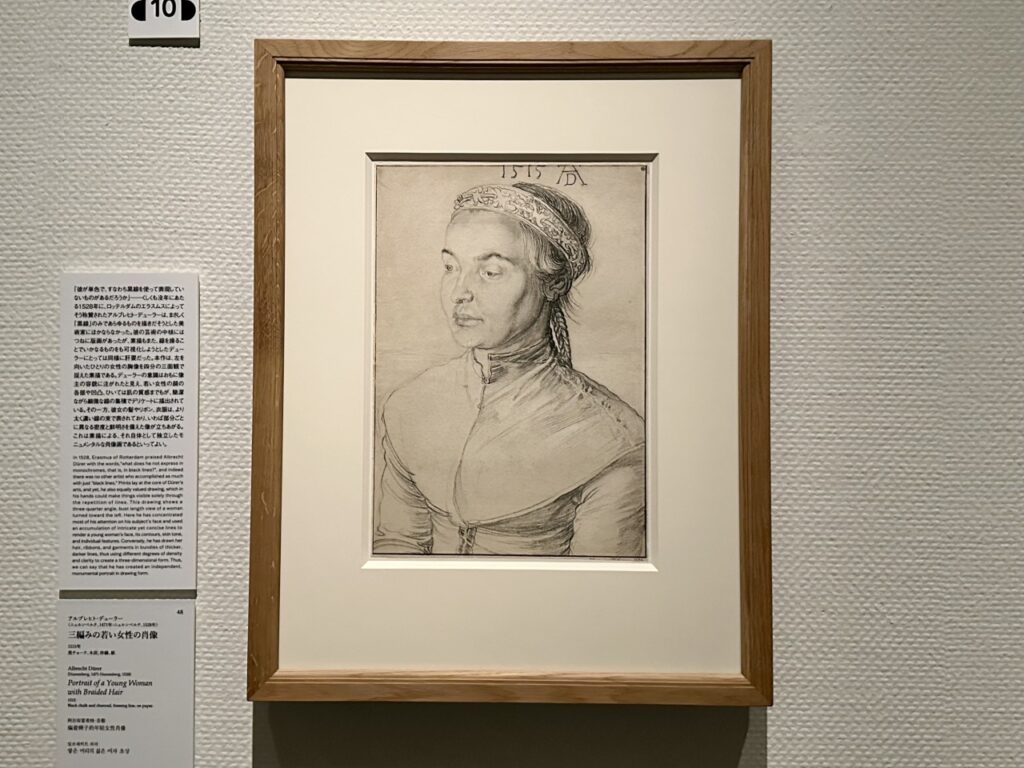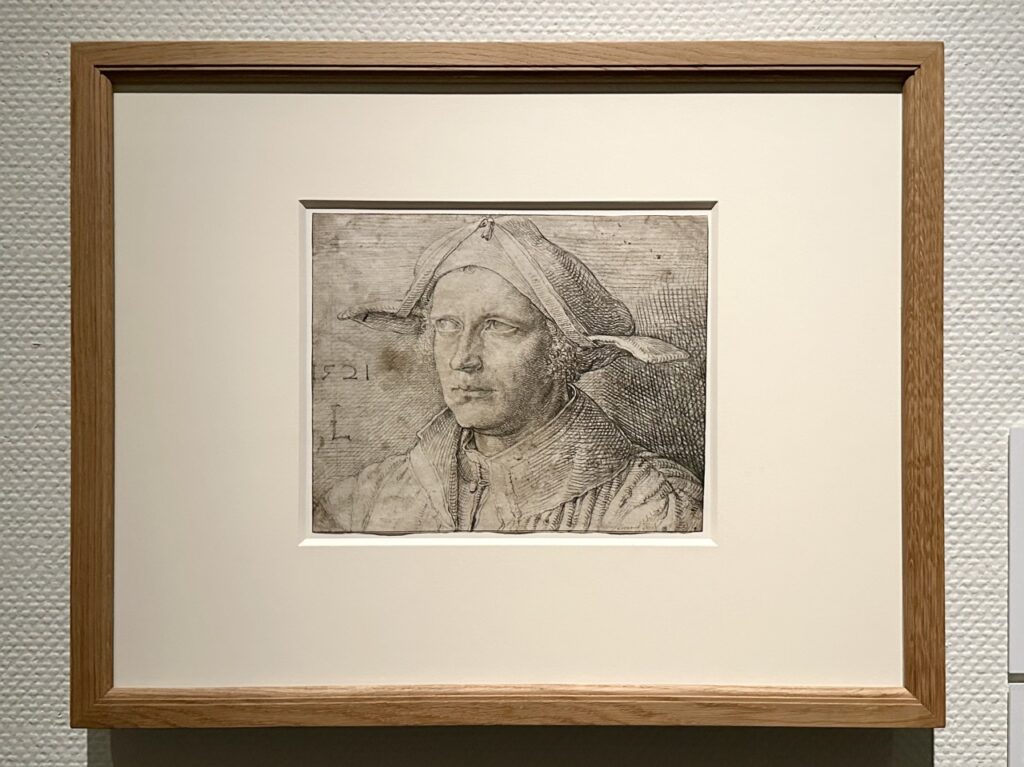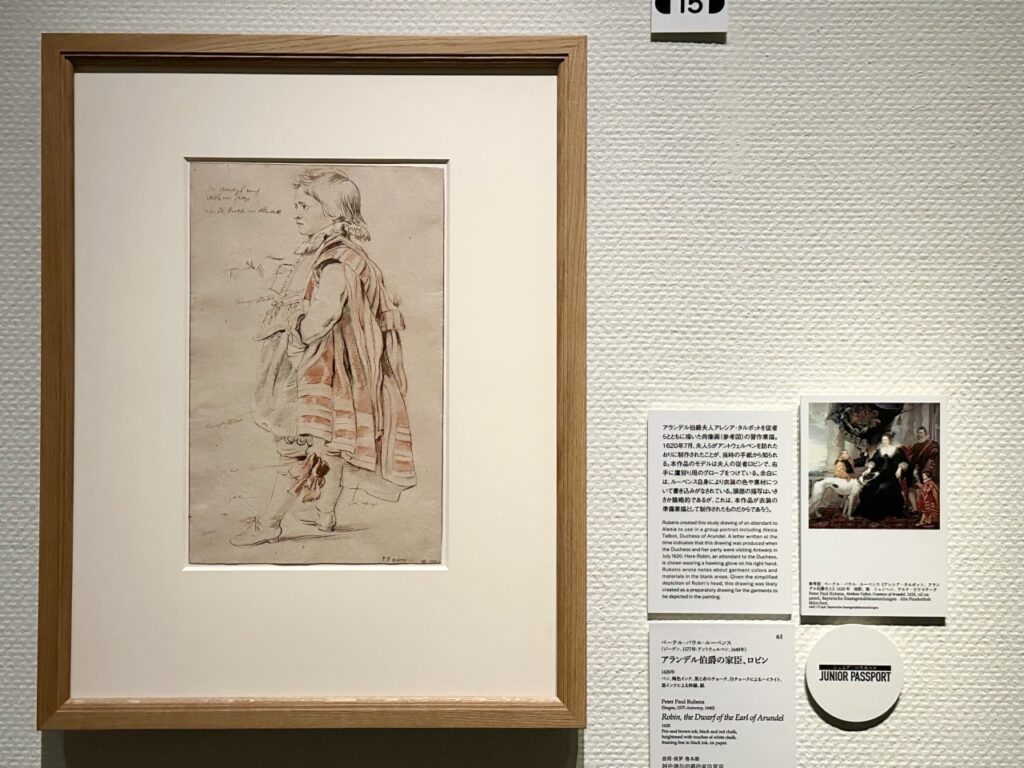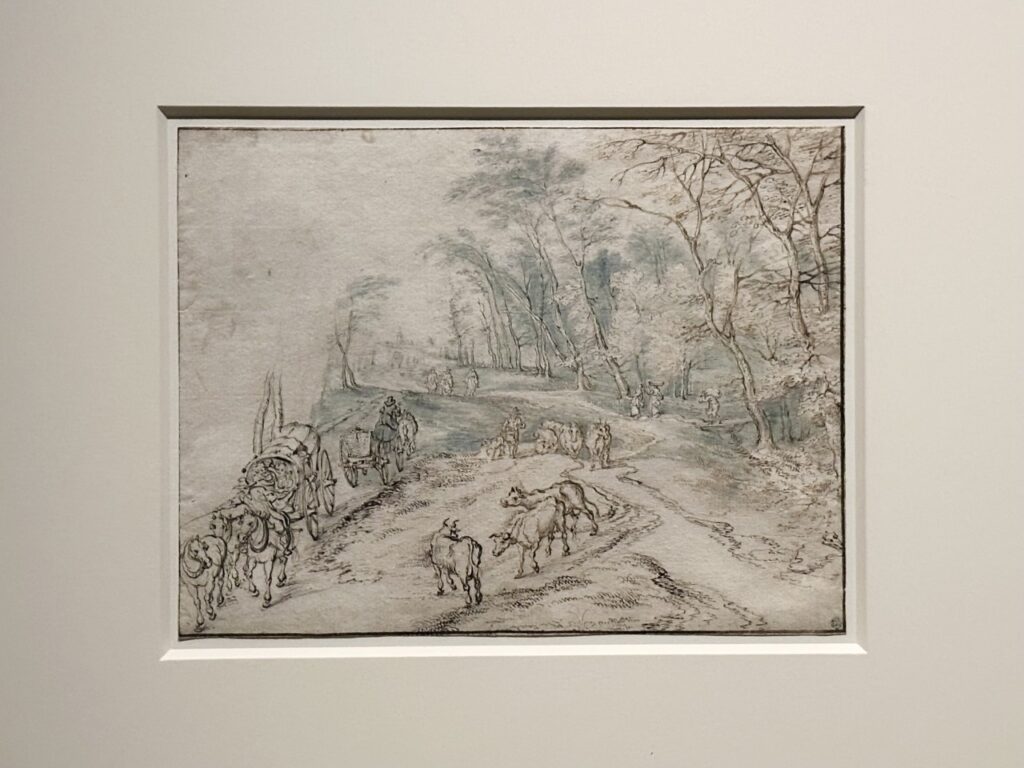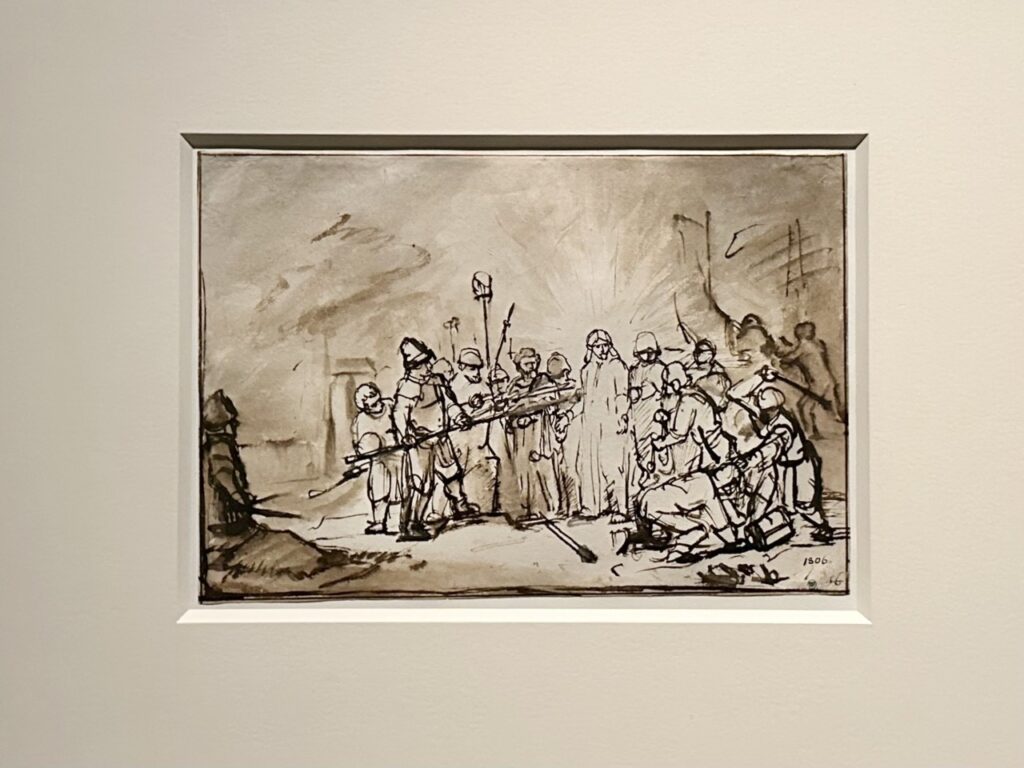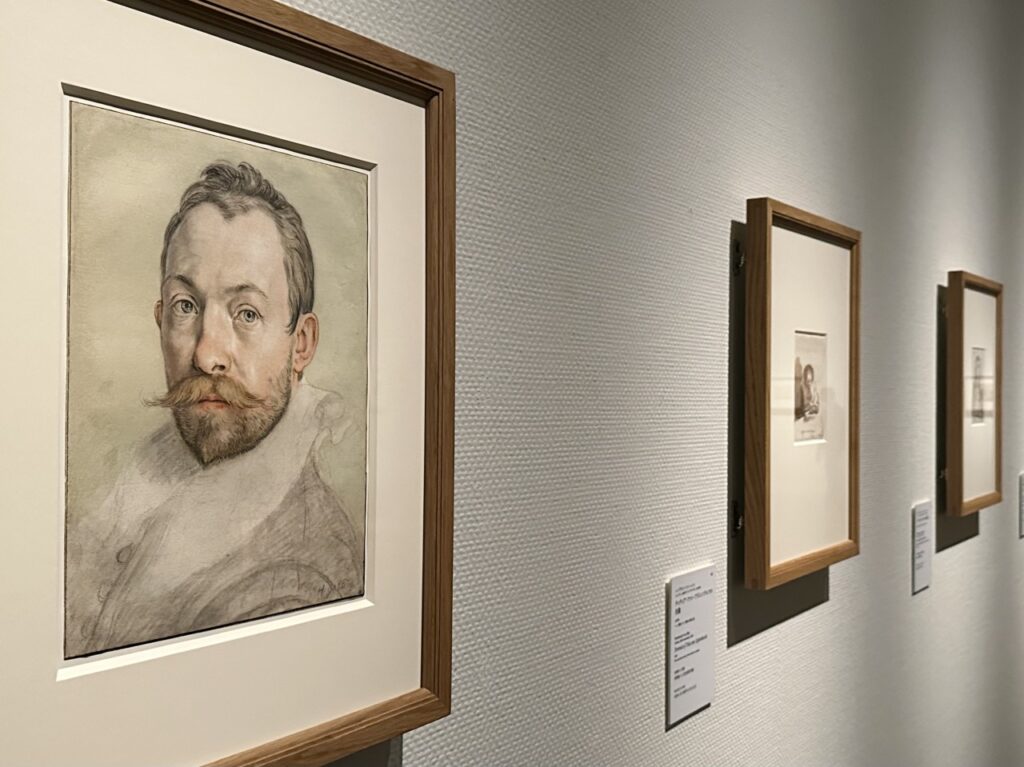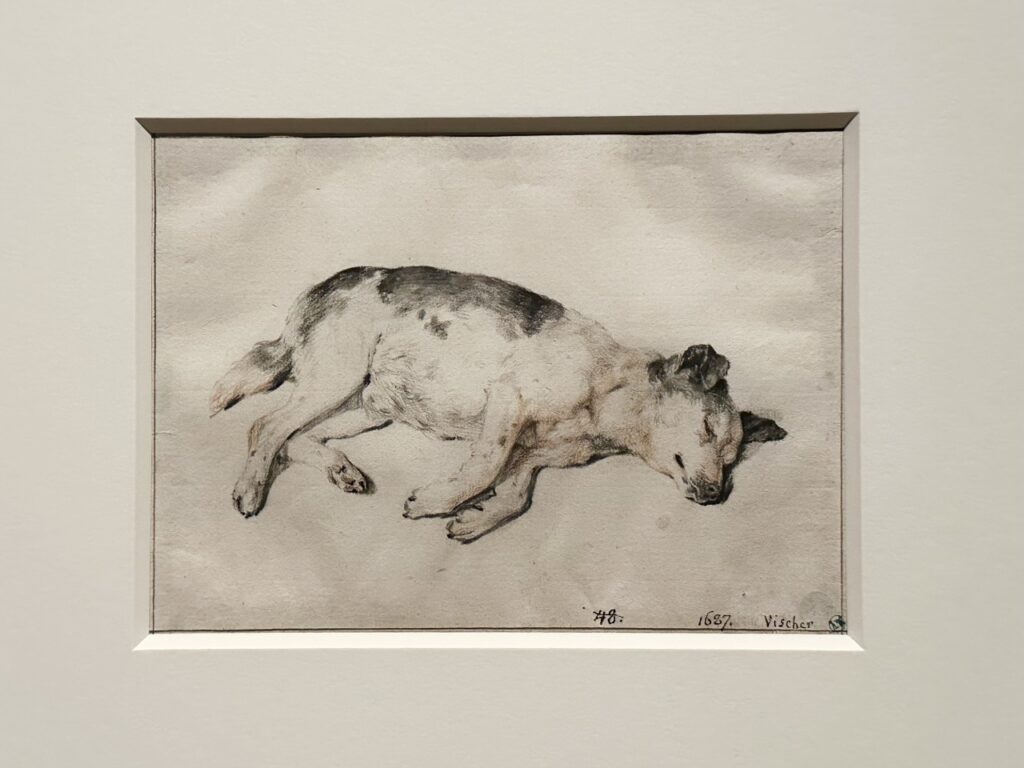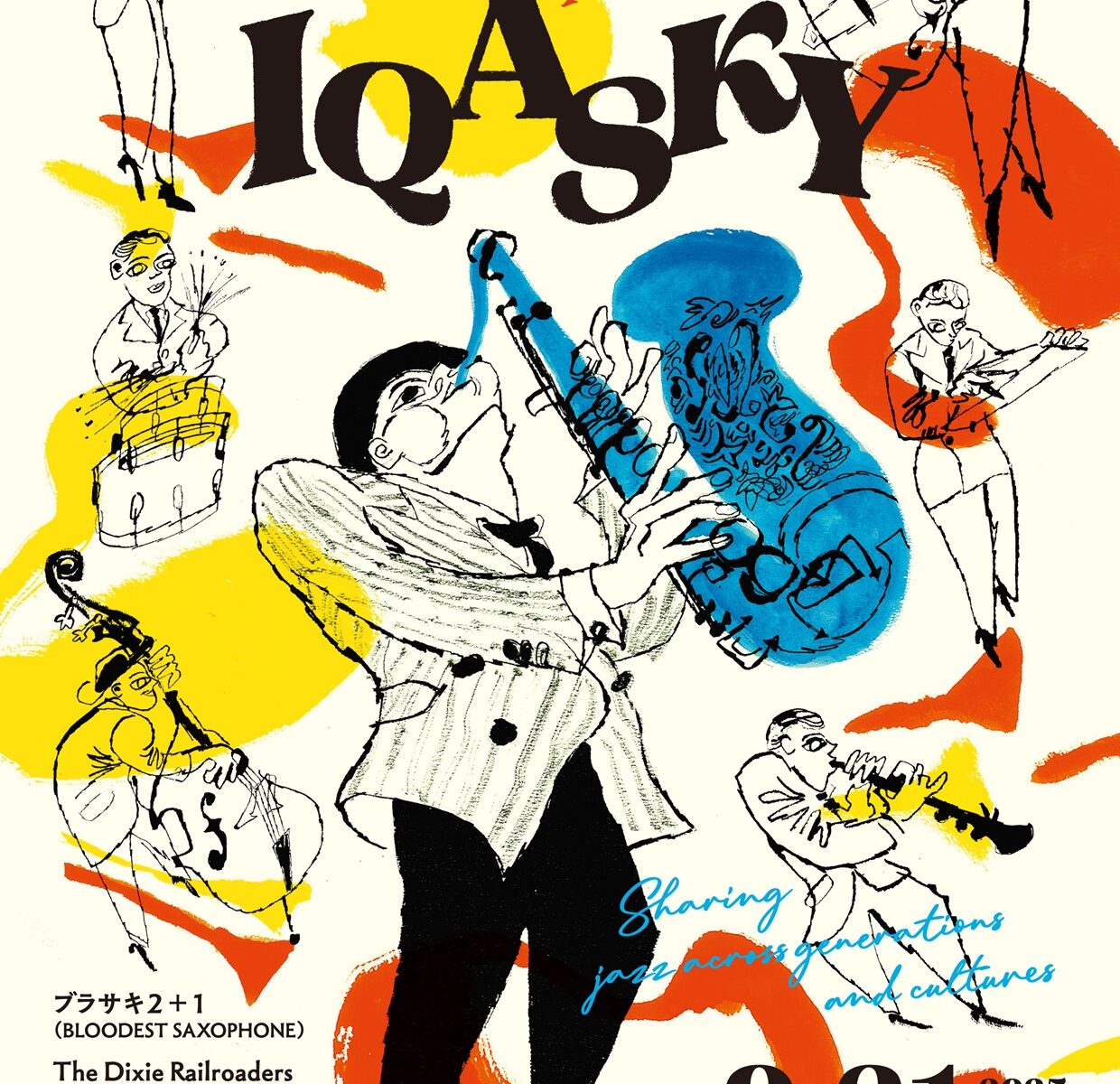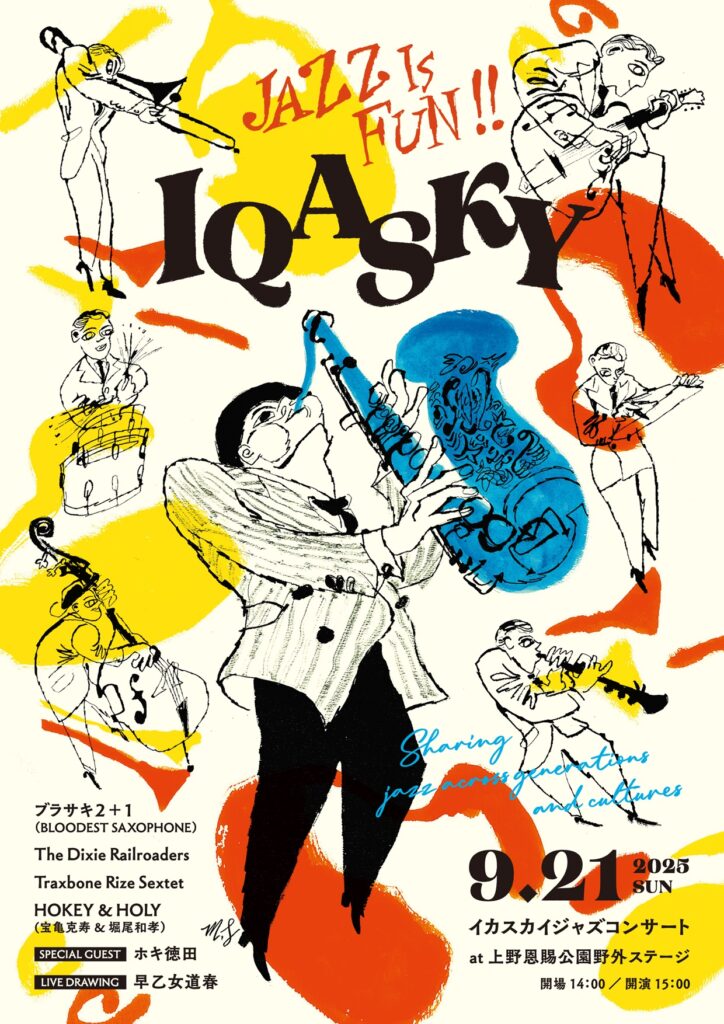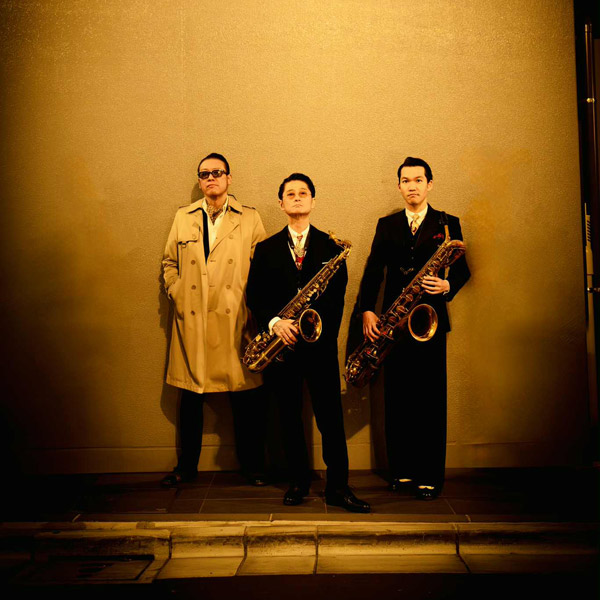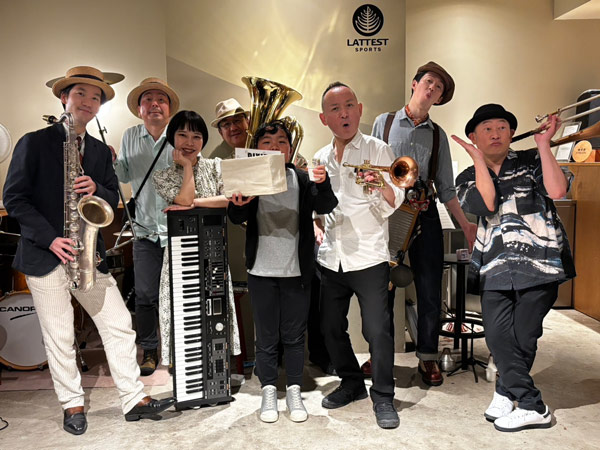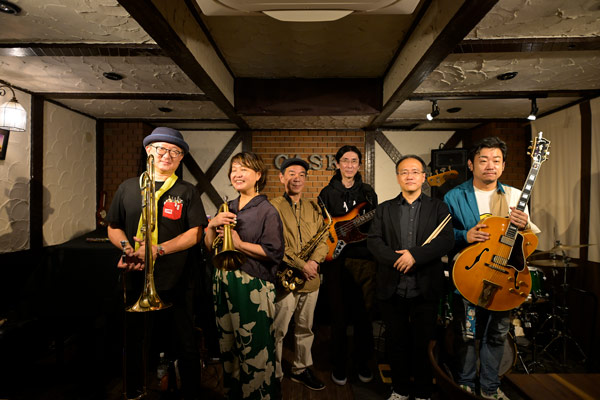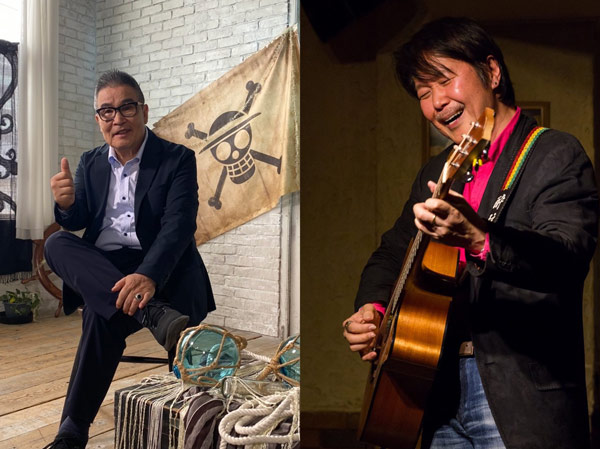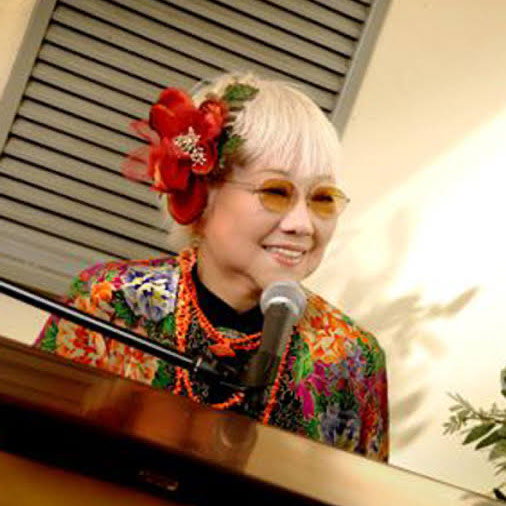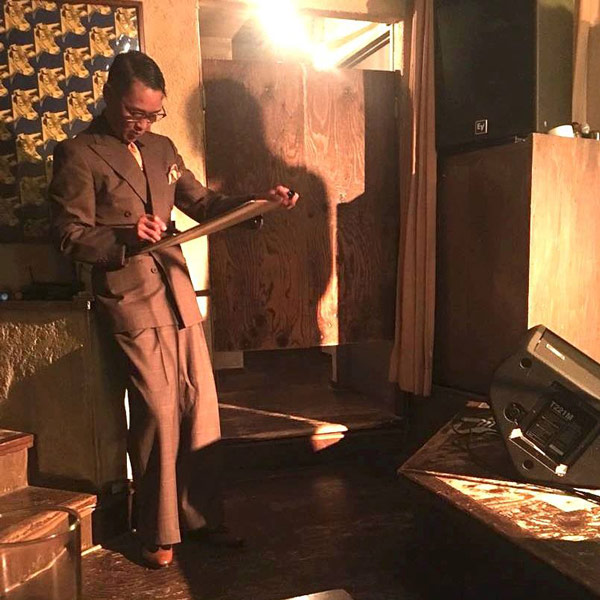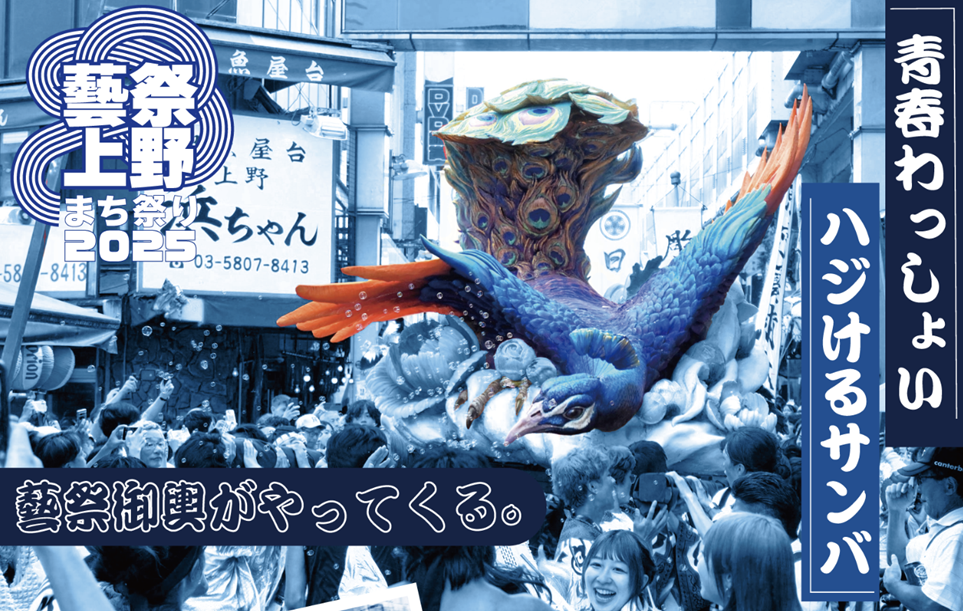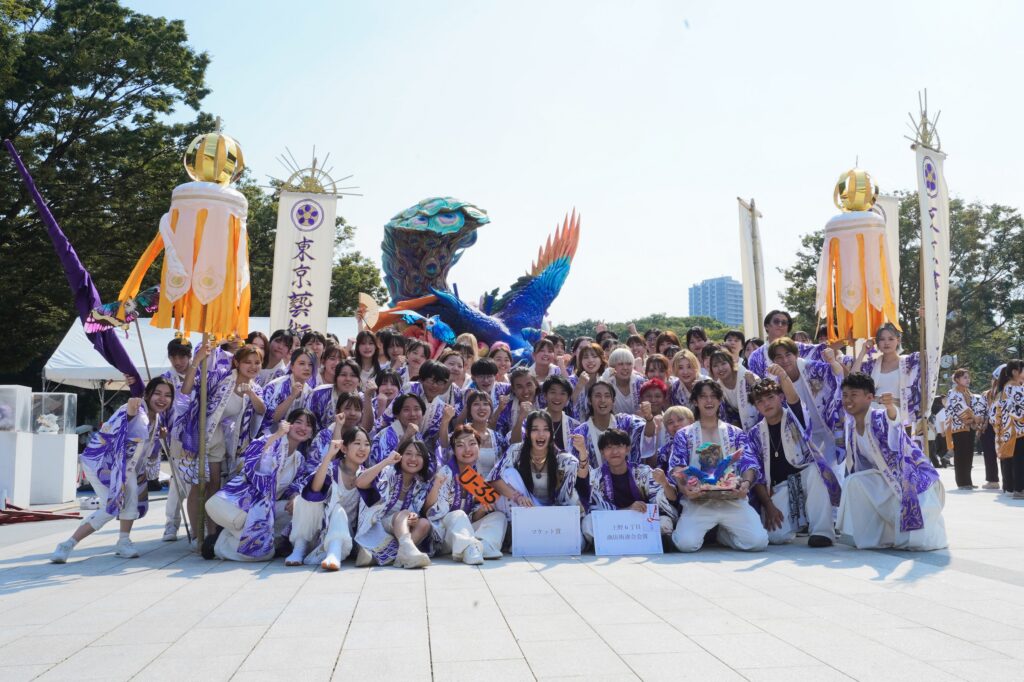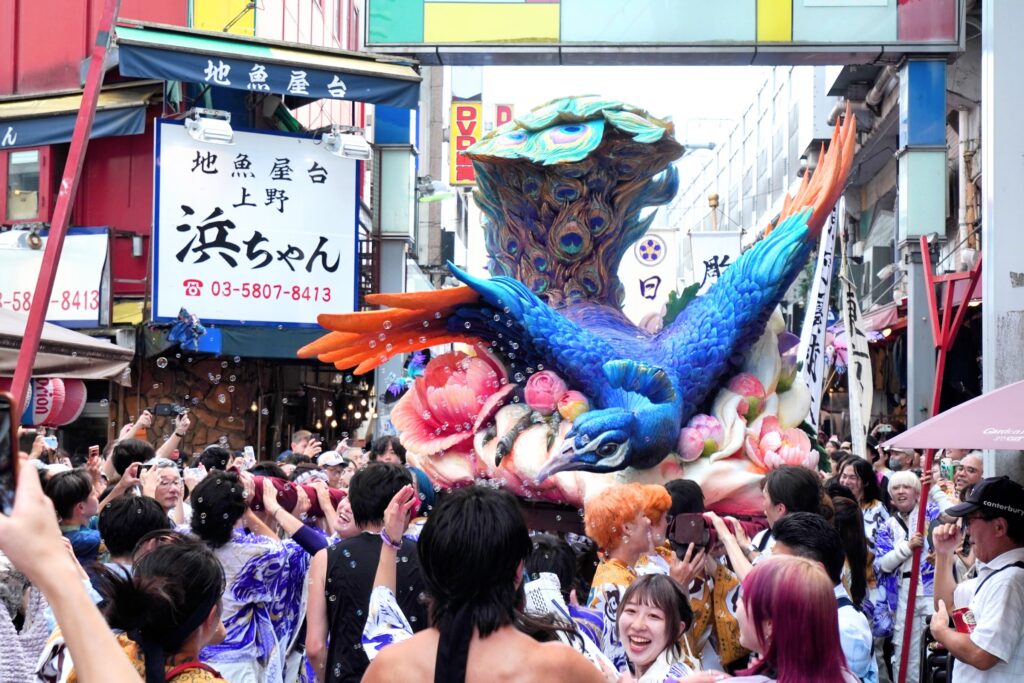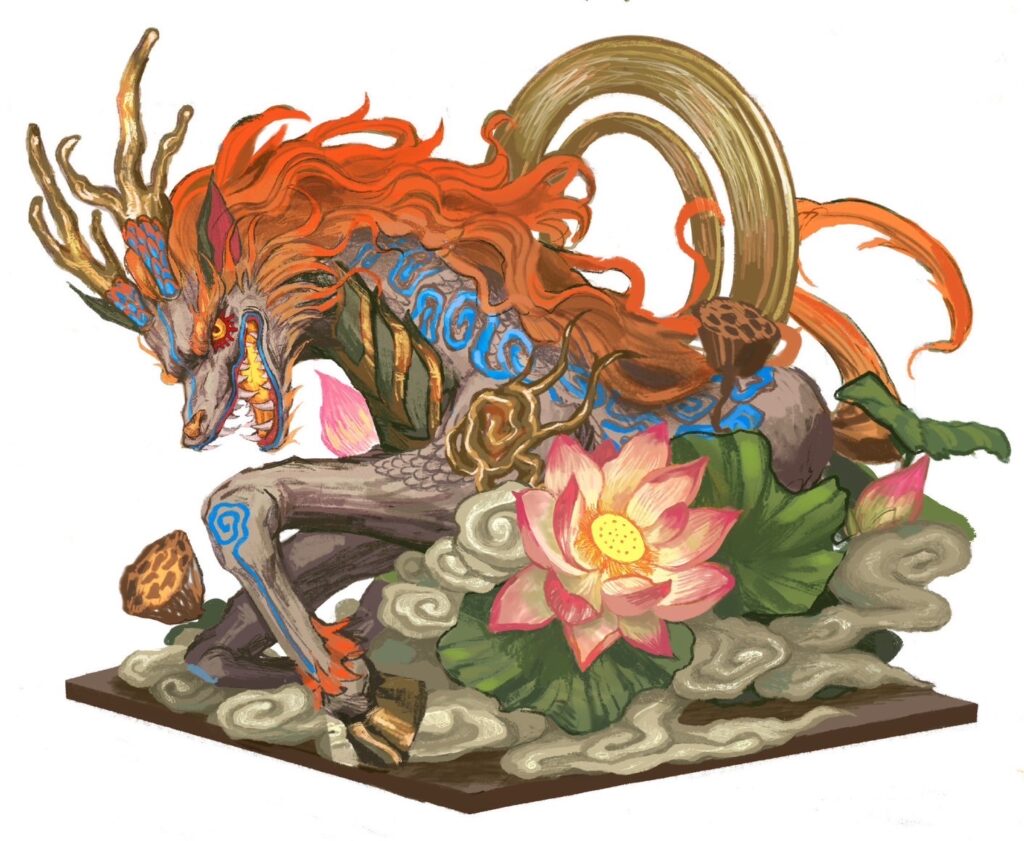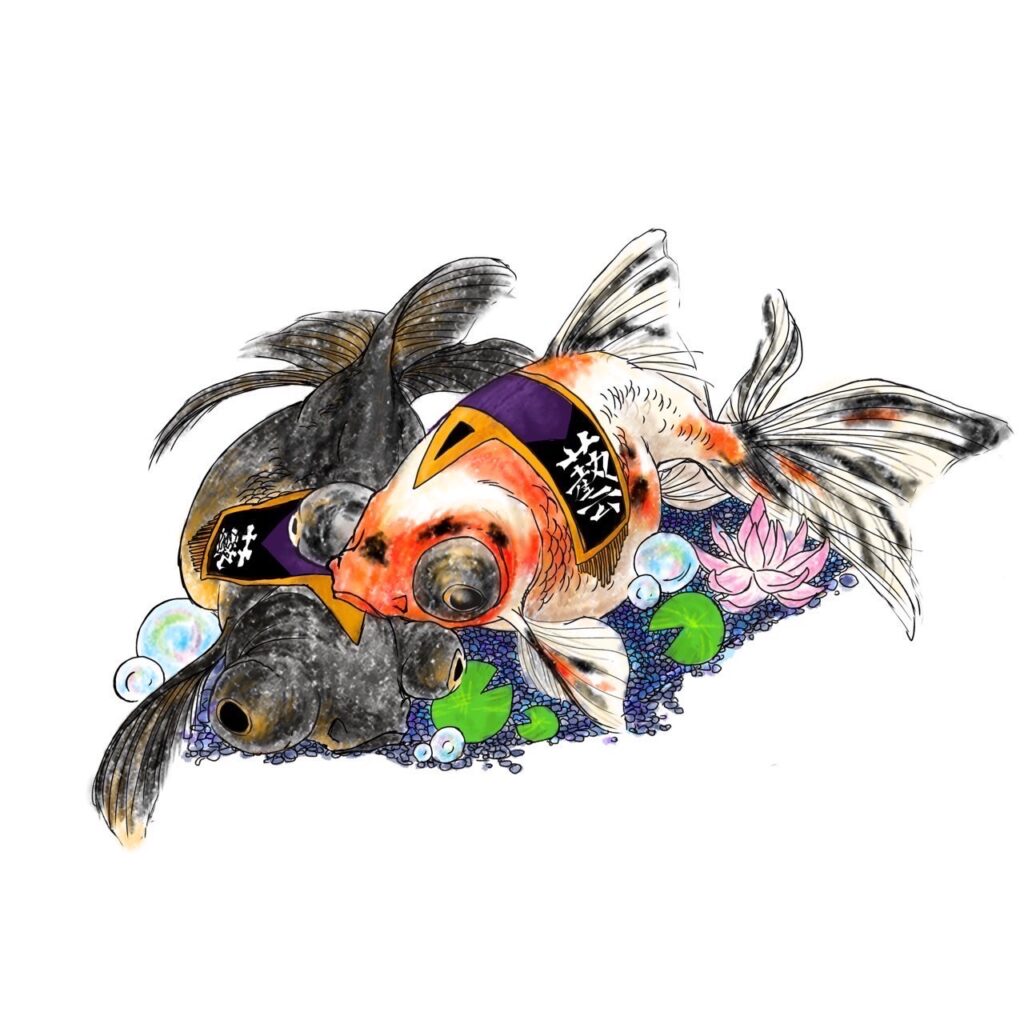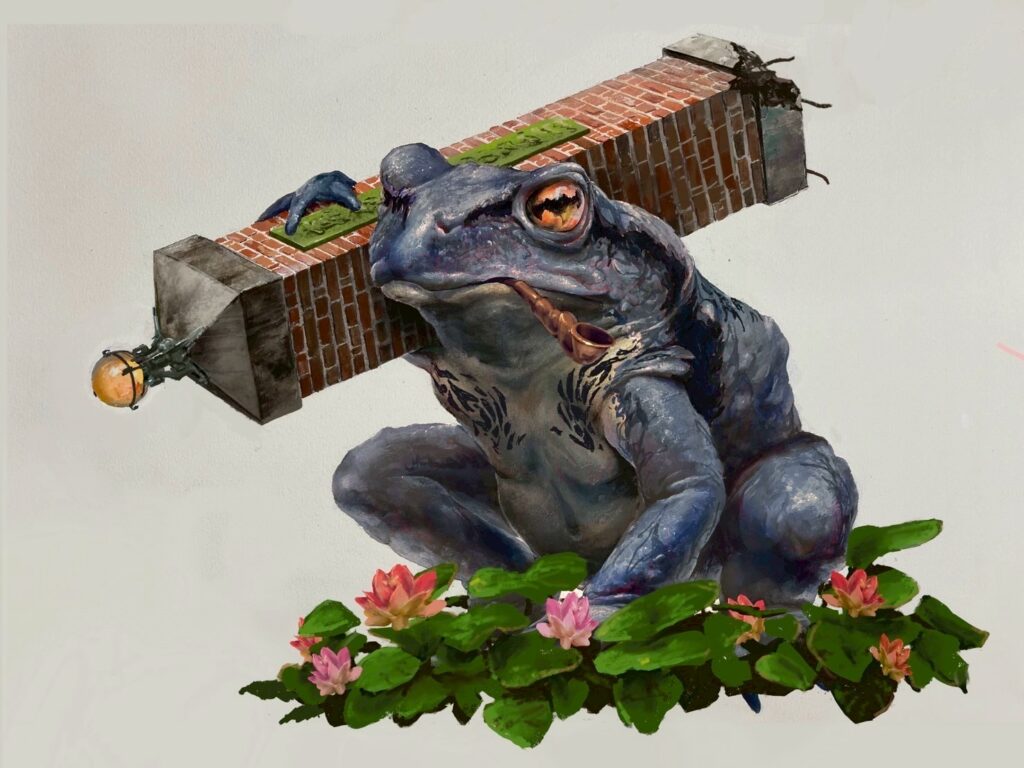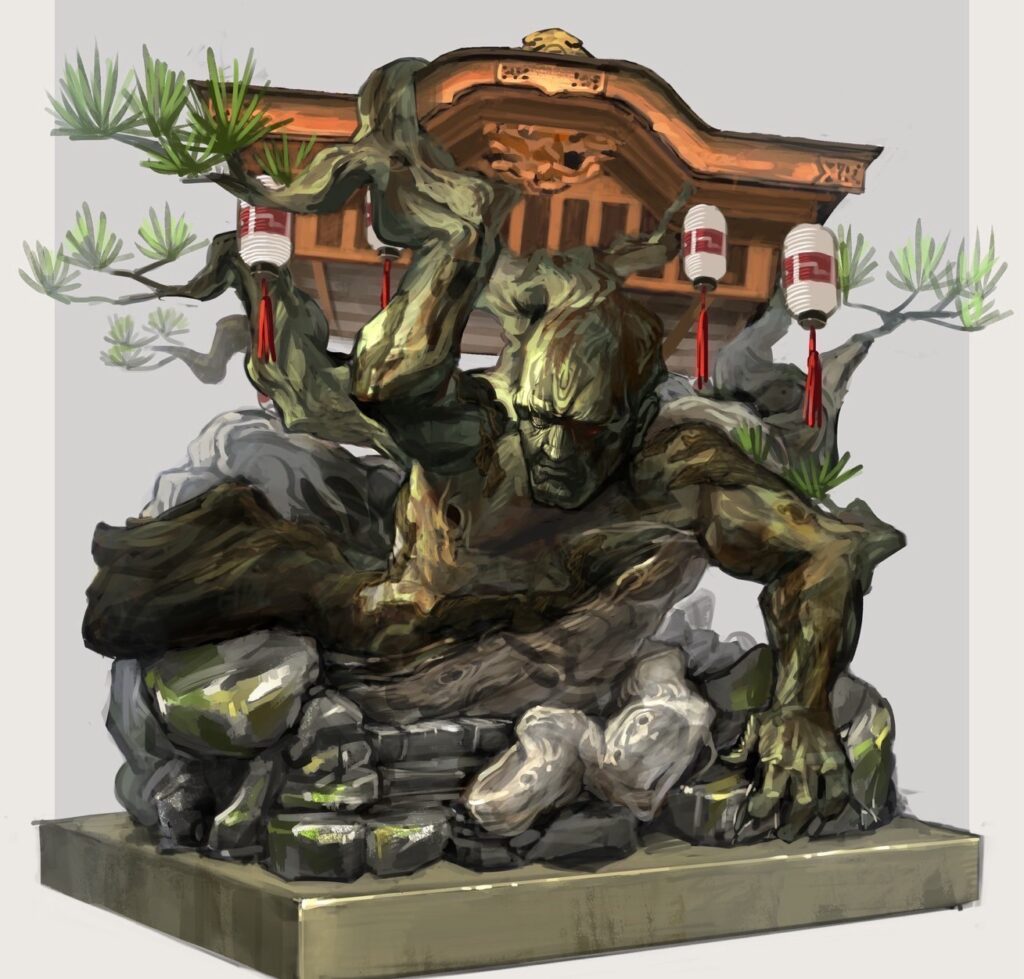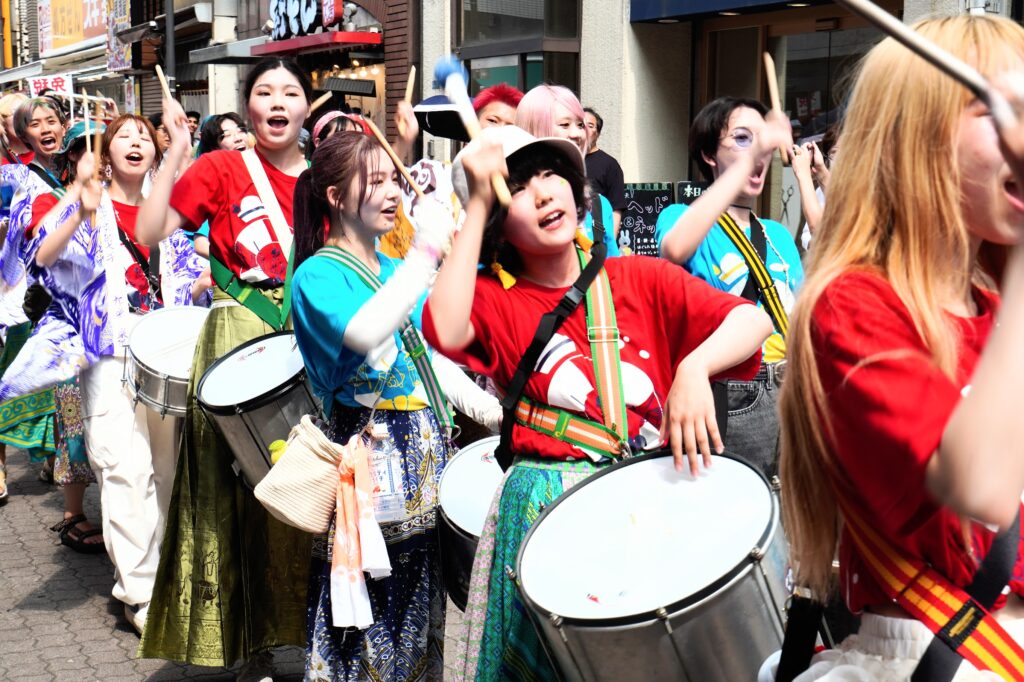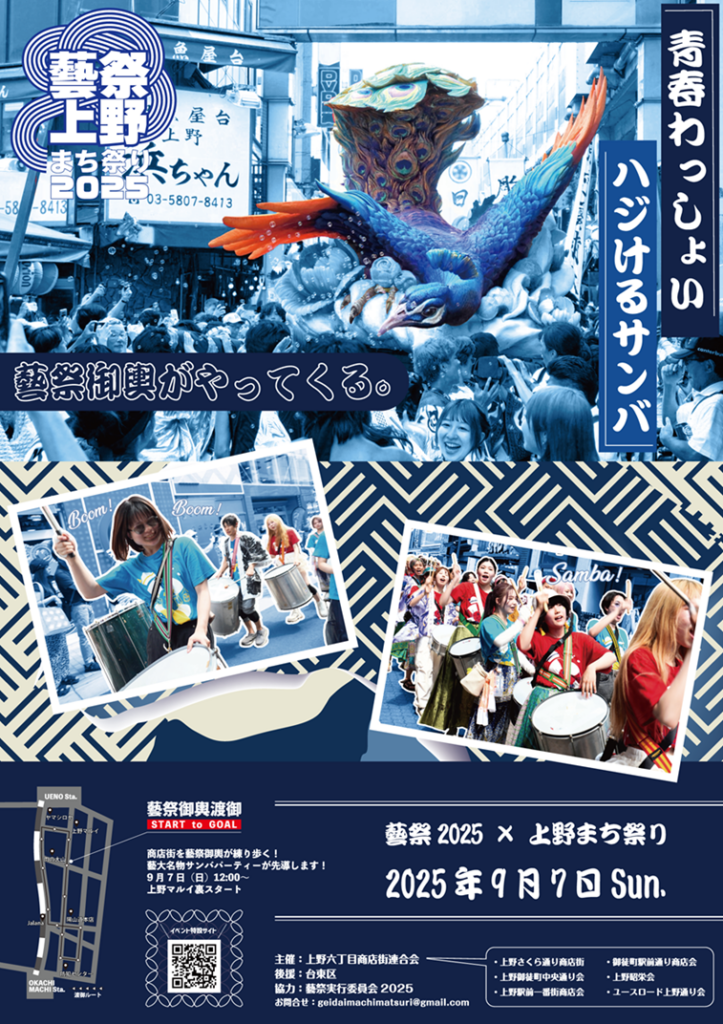
On that day, your city will become a huge gaming space.
Gab Inc. is pleased to announce that it will be participating in the planning and management of "Seisochu," a game-style litter collection event scheduled to be held in Ueno, Taito Ward, Tokyo on October 18, 2025.
The game-like trash collection event "Seisochu" is coming to Ueno, Taito Ward, Tokyo!
Complete various missions and aim to achieve them!
Ueno becomes a game area, and you can enjoy a new experience where fallen trash turns into points.
・Event details
[Implementation Information]
Date: Saturday, October 18, 2025
Reception location: Okachimachi Park
Organized by: Taito Ward Tourism Division
Planning and management: Gab Co., Ltd.
Capacity: 100 people selected by lottery
Reception begins: 9:15 / Opening ceremony: 9:45 / End: 12:00
Participation fee: Free
Will proceed in light rain / Will be postponed in severe weather
[In the event of an event postponement]
The event may be postponed depending on the weather on the day of the event.
Postponed date: October 19, 2025 (Sunday)
Reception location: Okachimachi Park
Reception begins: 9:15 / Opening ceremony: 9:45 / End: 12:00
[Application Deadline]
Until 23:59 on Sunday, October 12th
[Lottery results announcement]
October 13th (Monday)
If the event is postponed, we will contact you by email around Wednesday, October 15th.
Important emails regarding the event will be sent, so please make sure that you can receive emails from seisouchu@gab.tokyo. If you do not receive the email, please check your spam folder.
【Items to bring】
·drink
・One smartphone that can use LINE per team
・Comfortable clothing (comfortable shoes, hat, rain gear)
*Please bring a mobile battery if you have one.
*Tongs, bags, gloves, and other equipment will be provided by the organizers, so there is no need to bring cleaning supplies.
[Participation Q&A]
Q: Can elementary school students participate alone? Also, do infants and toddlers need tickets?
A: For safety reasons, elementary school students cannot participate alone. Children under elementary school age must be accompanied by a parent or guardian aged 18 or over. All guests, including parents and infants, will need a ticket.
Q: How many tickets can I apply for?
A: Because Seisou is a team event, the maximum number of people per application (one team) is 5. If you are participating with 6 or more people, please apply for separate teams.
Q: Do I need to bring cleaning supplies?
A: Equipment such as tongs, bags, and work gloves will be provided by the organizers, so cleaning supplies are not necessary. Please bring drinks, comfortable clothes, comfortable shoes, etc. If there are any items to protect yourself from the heat, please bring them with you.
Q: Do I need to bring a mobile battery?
A: This event will use the free calling app "LINE" and the map app "Google Maps" to distribute missions during the event. If you need one, please prepare a mobile battery.
Q: What if I don't want to be photographed or photographed in media coverage?
A: There may be photography and media coverage on the day. If you do not want to be photographed, please let the event staff know in advance.
[Notes regarding participation]
・Data communication charges are your responsibility.
・In the event of an infectious disease outbreak or a disaster, we may be forced to postpone the event.
・Please note that once you have submitted the application form, you will not be able to add or edit any information.
・Photographs and videos will be taken during the event. The rights to the images belong to Gab Inc. and the Taito City Tourism Division, and they may be used for news reports, social media, and other promotional purposes during the event. (If you do not want your images to be used, please inform the reception staff on the day.)
・Please note that there may also be media interviews.
・By completing your application, you agree to this notice, disclaimer, and the Seisouchu Privacy Policy ( https://www.seisouchu.com/privacypolicy ).
[Disclaimer]
・One person can participate with one ticket.
・Ticket cancellations will be subject to teket's ticket cancellation regulations.
・Personal information entered on the application site will be strictly managed in accordance with the Seisouchu Privacy Policy and shared internally. It will also be used as part of public relations activities, but will not be used for any purposes other than those related to this event.
・If you violate the terms of use or other rules set by our company, this ticket may become invalid.
・If the event is postponed or canceled due to force majeure or other reasons beyond our control, we may not be able to provide refunds or other compensation for this ticket.
・We are not responsible for any damages caused by natural disasters, troubles, incidents, accidents, etc. that occur during the event.
・We cannot be held responsible for any of the following issues that occur during the event.
1. A malfunction of the mobile device occurred while the game progress page was open.
2. Troubles between participants that occur during the event
3. Accidents and incidents caused by using a smartphone while walking
4. Accidents or incidents that occur intentionally outside the game area
5. Any trouble, incident or accident that occurs in a building unrelated to the event.
6. Troubles, incidents, and accidents caused by not following precautions
7. Troubles, incidents, or accidents caused by not following the instructions of staff during the race
8. Natural disasters, etc.
*This event is insured.
▼If you would like to participate, please apply below.
https://teket.jp/9471/54434
・What is Seisouchu?

"Keisouchu" is managed and operated under the responsibility of Gab Inc. with the official permission of Fuji Television Network, Inc. and the "Run for Money" production team.
Seisouchu is a garbage collection event that combines gamification (*1) with garbage collection. Teams work together to collect garbage, and points are awarded based on the type and weight of the garbage collected, as well as the degree of mission completion notified via smartphone, with the top teams receiving luxurious prizes. By creating a world where littered garbage is transformed into items and the entire city becomes a game area, this near-future environmental education content provides an opportunity to think about garbage issues through the introduction of "fun."
*1 Gamification refers to the application of game design elements and game principles to things other than games. Research has been progressing in recent years because of its effectiveness in promoting stress-free learning and behavior while still providing a fun, game-like experience.
・About the operating company
Company name: Gab Inc.
Address: Shibuya 3-chome Square Building 2F, 3-5-16 Shibuya, Shibuya-ku, Tokyo
Representative: Moeto Yamauchi
Company Overview: A startup company in its fifth year of business with the mission of "Solving Problems in a Unique Way." The company is involved in projects that contribute to the realization of a sustainable society, such as the game-like litter picking event "Seisochu," the Instagram account "Ethical Living" which provides lifestyle tips that lead to solving social issues, the "Ethical Living Online Store" where you can solve social issues just by enjoying shopping, and pop-up events held in various locations.
Website: https://www.gab.tokyo/
[Gab Inc.] Press Release
See other exhibition information


